Tradition and innovation often seem hard to reconcile. However, A&A chess firmly believe that it’s important to respect the past while striving for future development. We are continuously improving the gaming experience for every chess player. With this mission in mind, A&A Chess developed and obtained a patent for an innovative folding wooden chessboard leg. This seemingly negligible design has significantly changed the player’s experience.
Our patented design, patent number US20220193533A1, adds four support legs to the chessboard, effectively solving the problem of an uneven surface caused by hinges connecting the two halves. It eliminates any gaps or protrusions in the middle of the board, providing players with a more stable and level playing surface.
Let’s take a closer look into the background, purpose, and impact of this innovation, and see how it has transformed the player experience.


The Problem of Traditional Folding Chessboards
Folding wooden chessboards are popular due to their portable and compact design, making them ideal for chess enthusiasts and casual players, especially those who appreciate the tactile feel of wooden chess sets. However, they have always had one major flaw: the hinge issue.
Folding chessboards are typically connected by hinges. Over time folding chessboards often develop an uneven surface. The seam where the two board halves meet may either protrude or sink, causing inconvenience for players. For any player, such an uneven surface can negatively impact the gaming experience.
The Birth of the Innovative Idea
At A&A CHESS, we place great importance on customer feedback and suggestions. During an after-sales feedback session, a customer expressed their frustration:
"I love the look of wooden chessboards, but they never stay level."
This simple feedback echoes in our minds: How can we address this uneven surface without sacrificing aesthetics? After making several prototypes and conducting research, our team submitted an innovative patent application, which was ultimately granted as a breakthrough design in the field of chess manufacturing.
Detailed Explanation of Patent US20220193533A1
The core of this patent is the four supporting legs added to the outside edge of the chessboard, positioned in such a way to ensure the board can be fully closed. Instead of relying solely on traditional hinges and wooden joints, the chessboard's stability is improved by integrating support legs at four corners of the board.
These four support legs play an important role in several aspects:
Maintaining a Level Surface: When open the folding chessboard, the support legs balance the surface of the board, eliminating gaps between the two halve boards.Improving Stability: The legs effectively prevent the board from wobbling or shifting on slightly uneven surfaces, offering players a more comfortable using experience.
Invisible When Folded: These support legs are designed to be hidden inside the board when closed, ensuring that the aesthetics of the chessboard during storage or display.
Extending Durability: By reducing pressure between the hinges and wooden joints, this design prolongs the lifespan of the chess set and reduces wear-related issues.
As a result, this chessboard is both aesthetically pleasing and highly functional, providing players with an exceptional experience.

Conclusion
Through patent US20220193533A1, A&A CHESS has made a profound improvement to the traditional folding chessboard. This small structural change addresses a long-standing issue that has troubled chess players, improving the overall using experience.
We invite you to experience this innovation and explore our new folding wooden chessboard series, where the patented support system brings an unparalleled difference to your game.

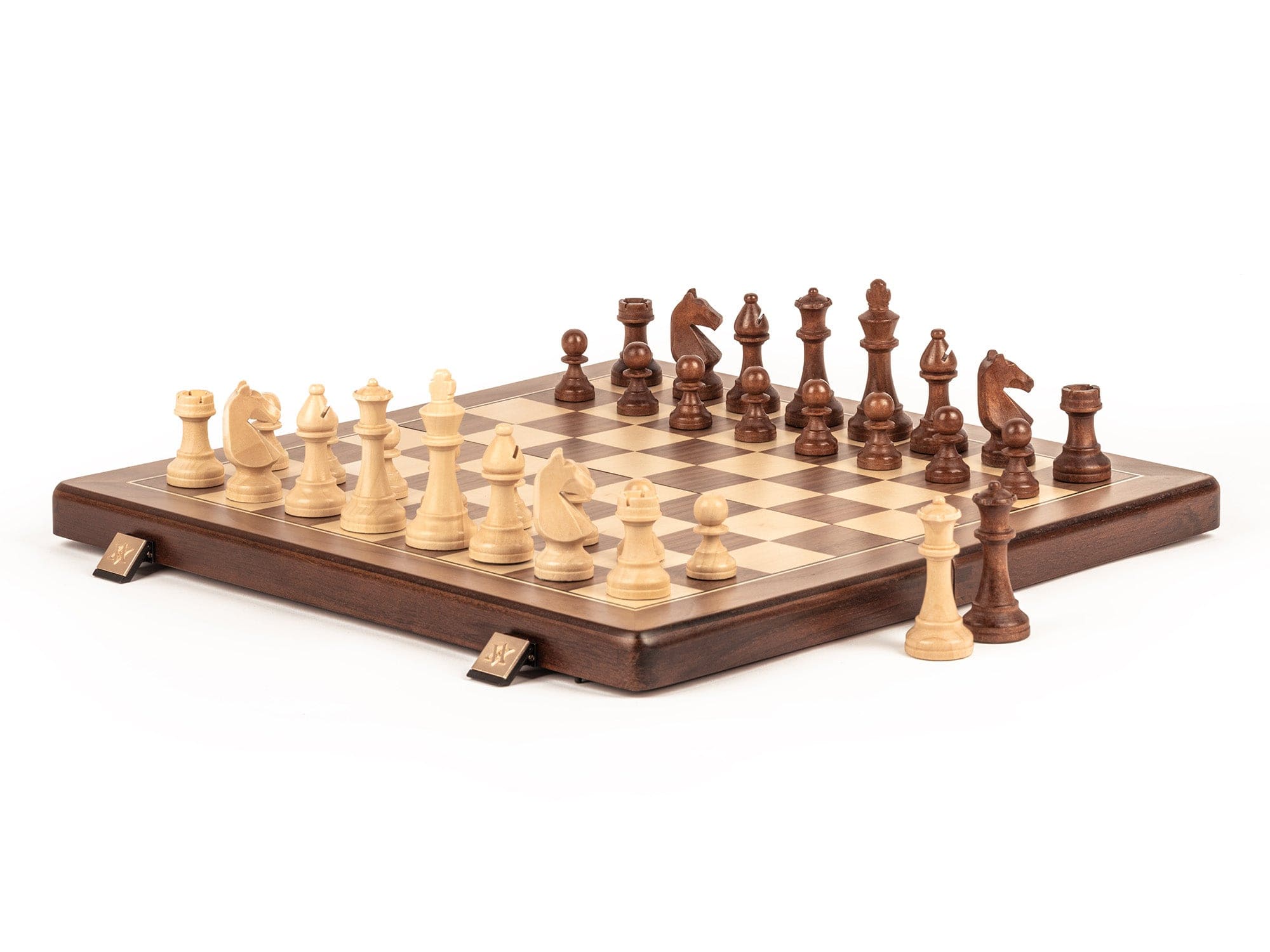
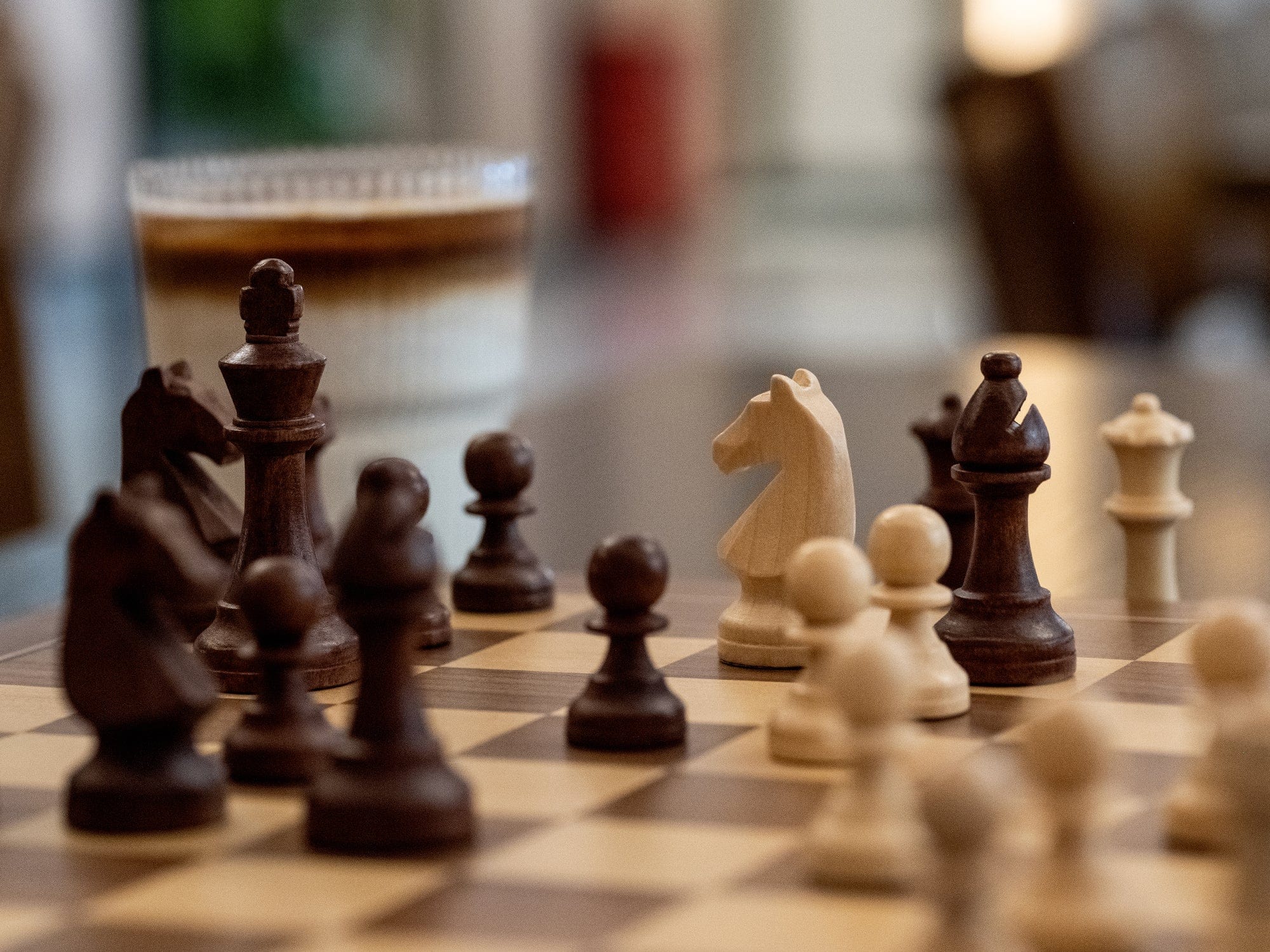
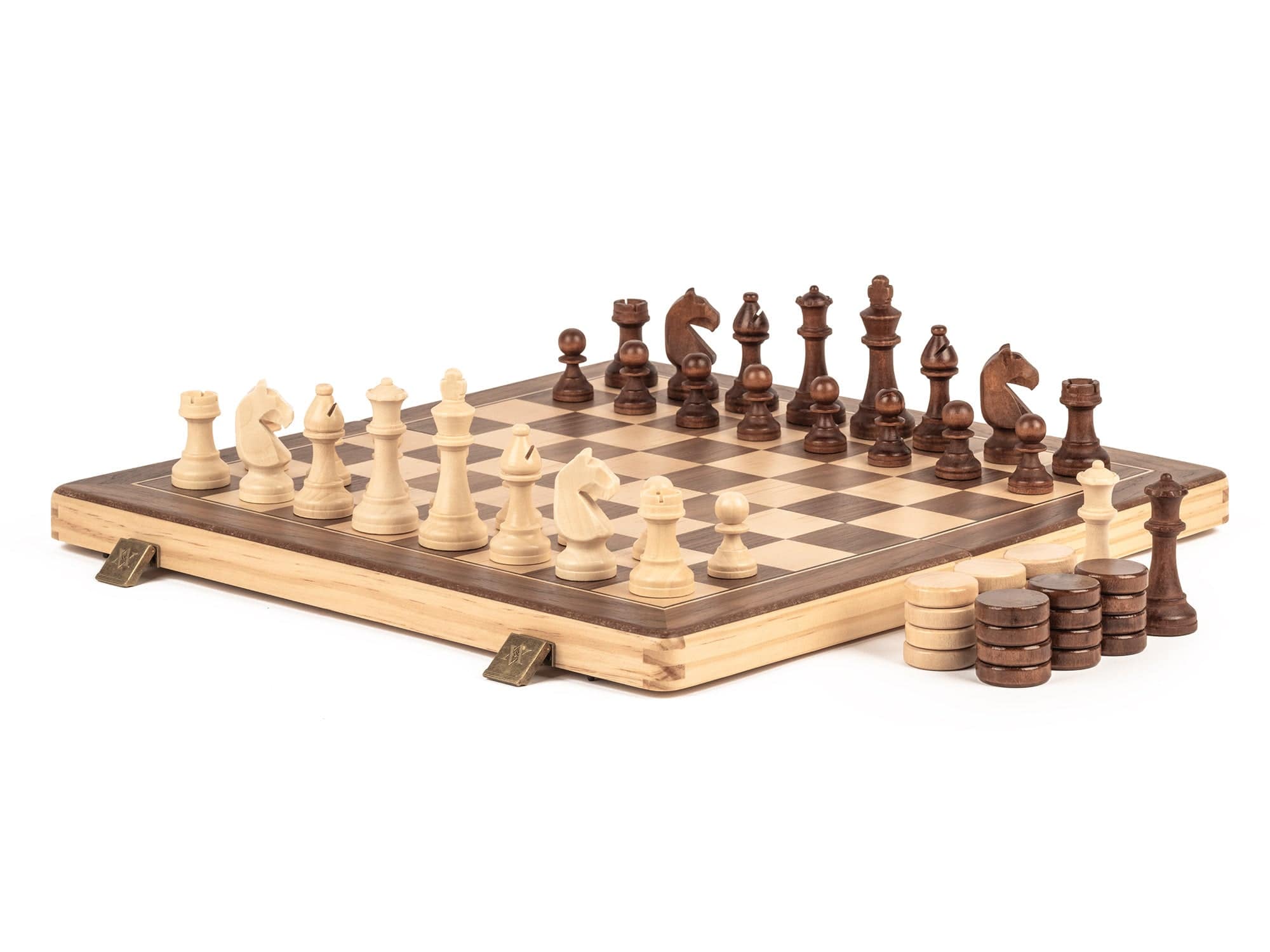
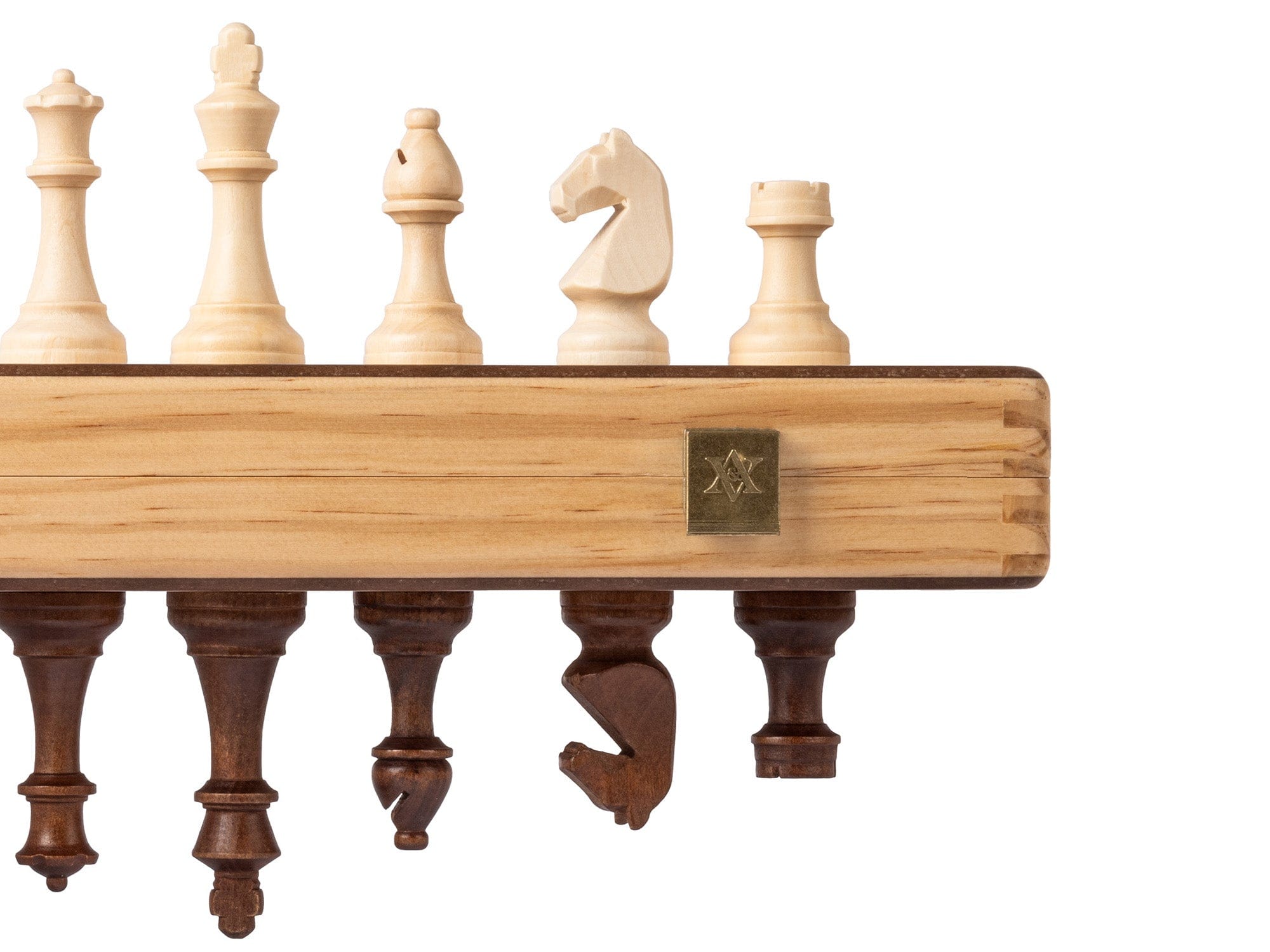
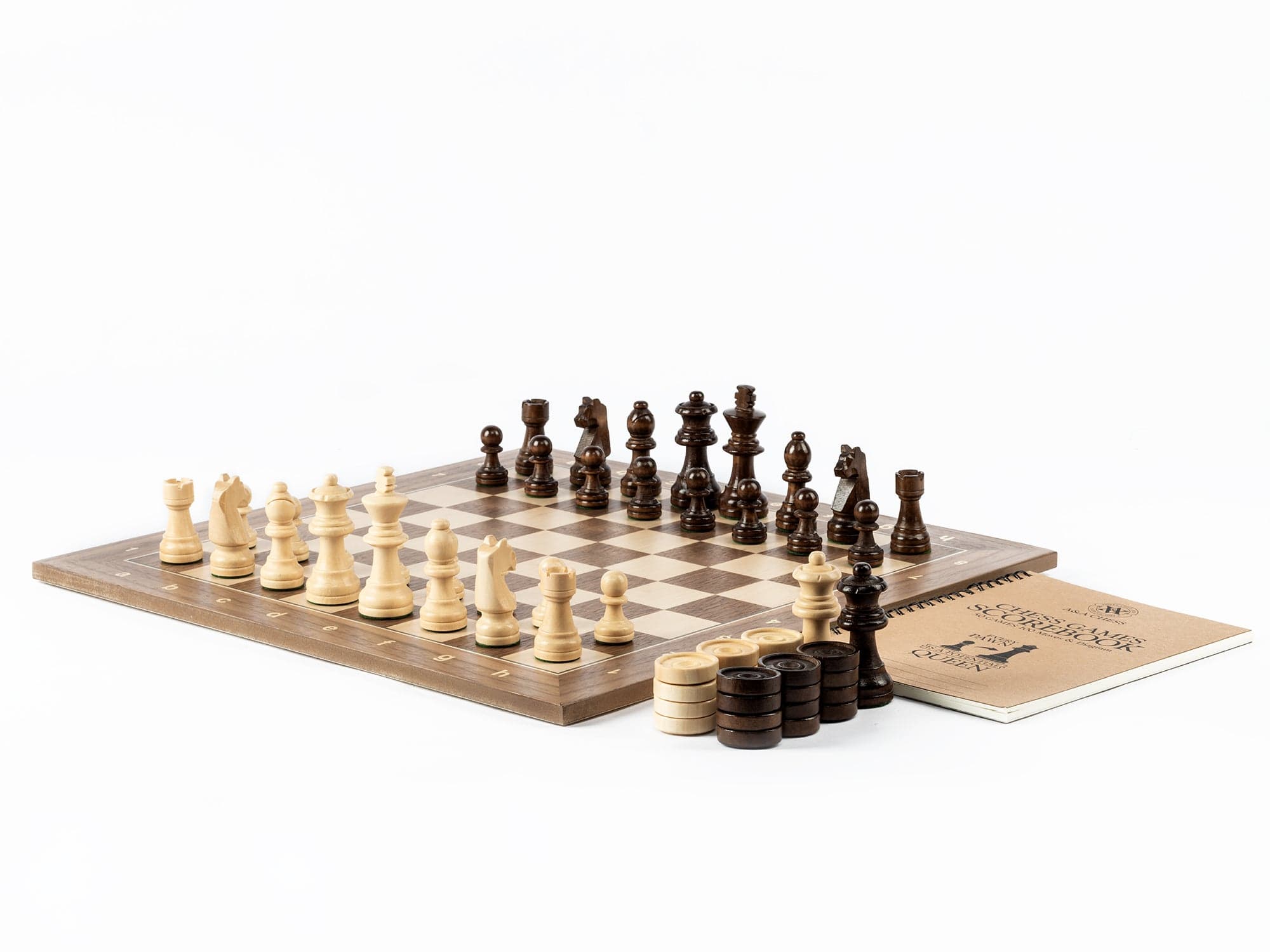
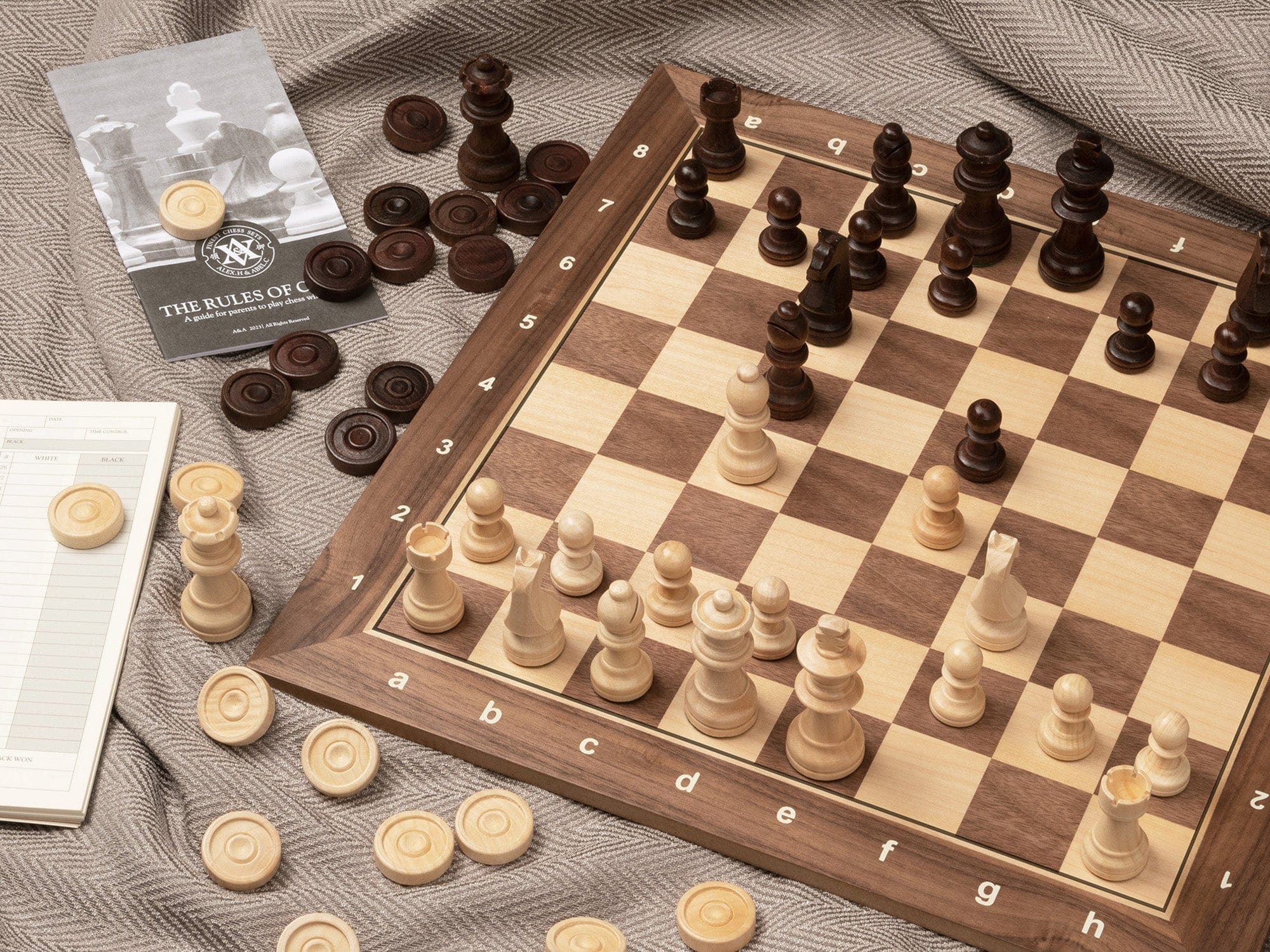
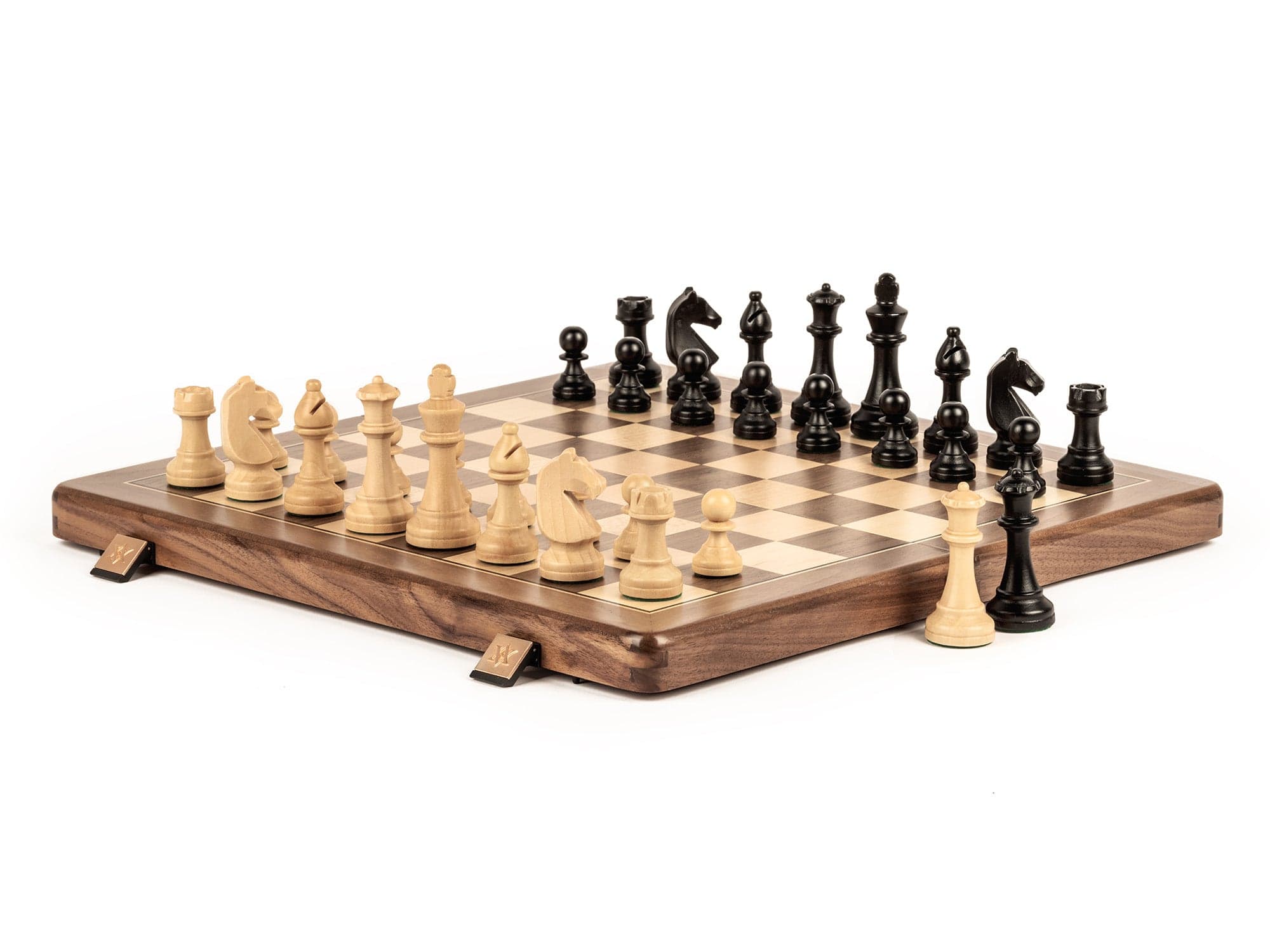
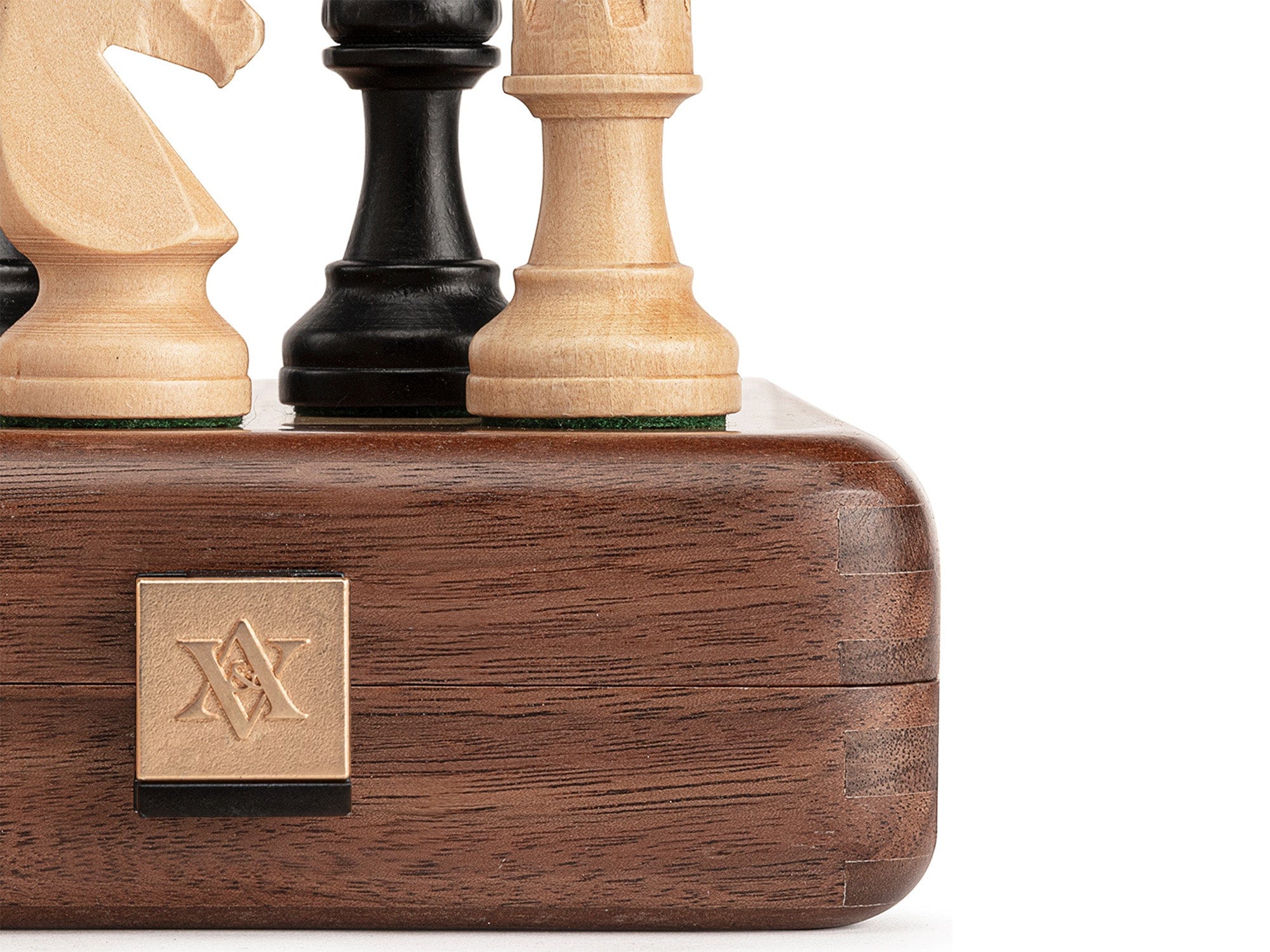
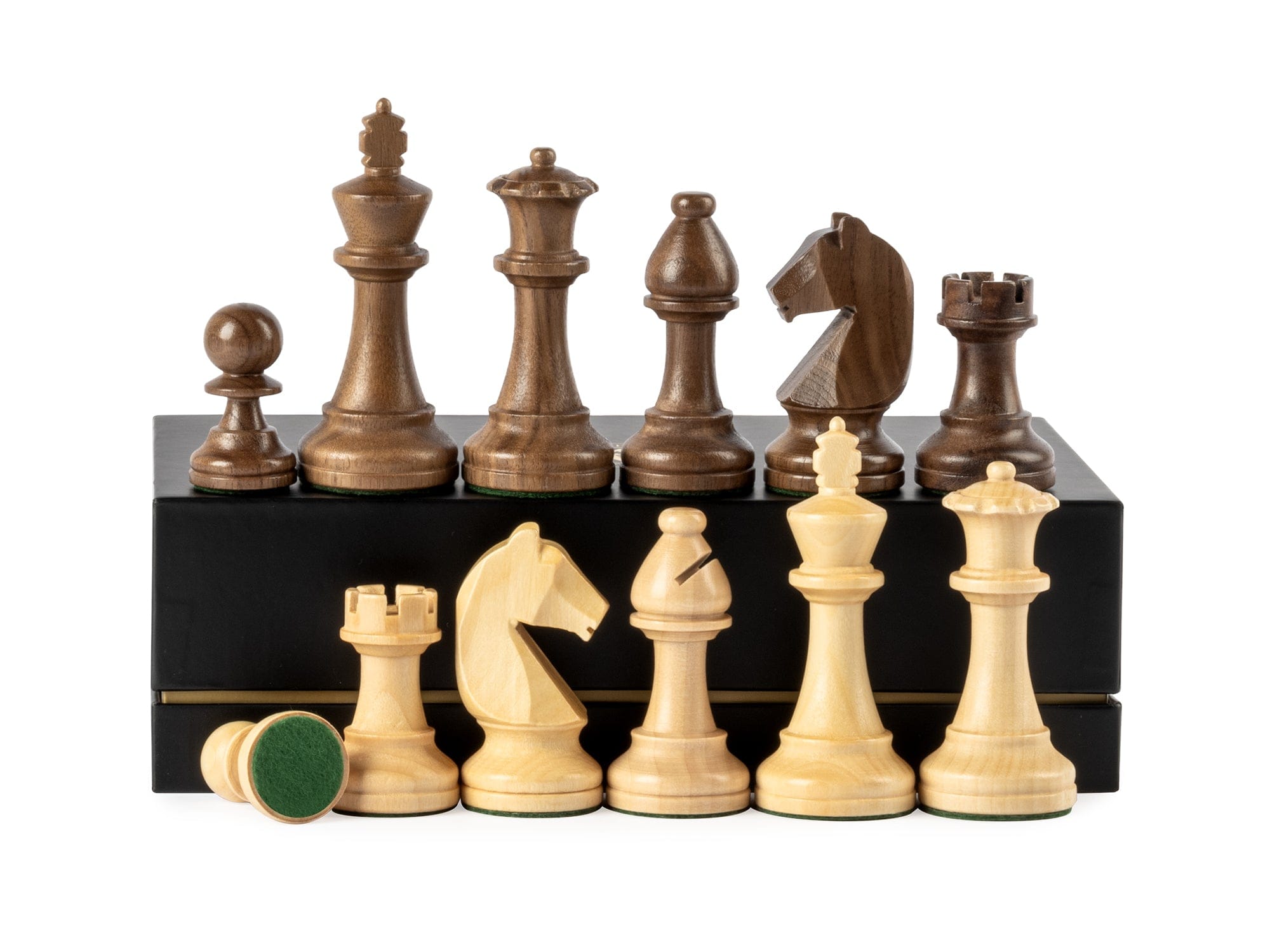
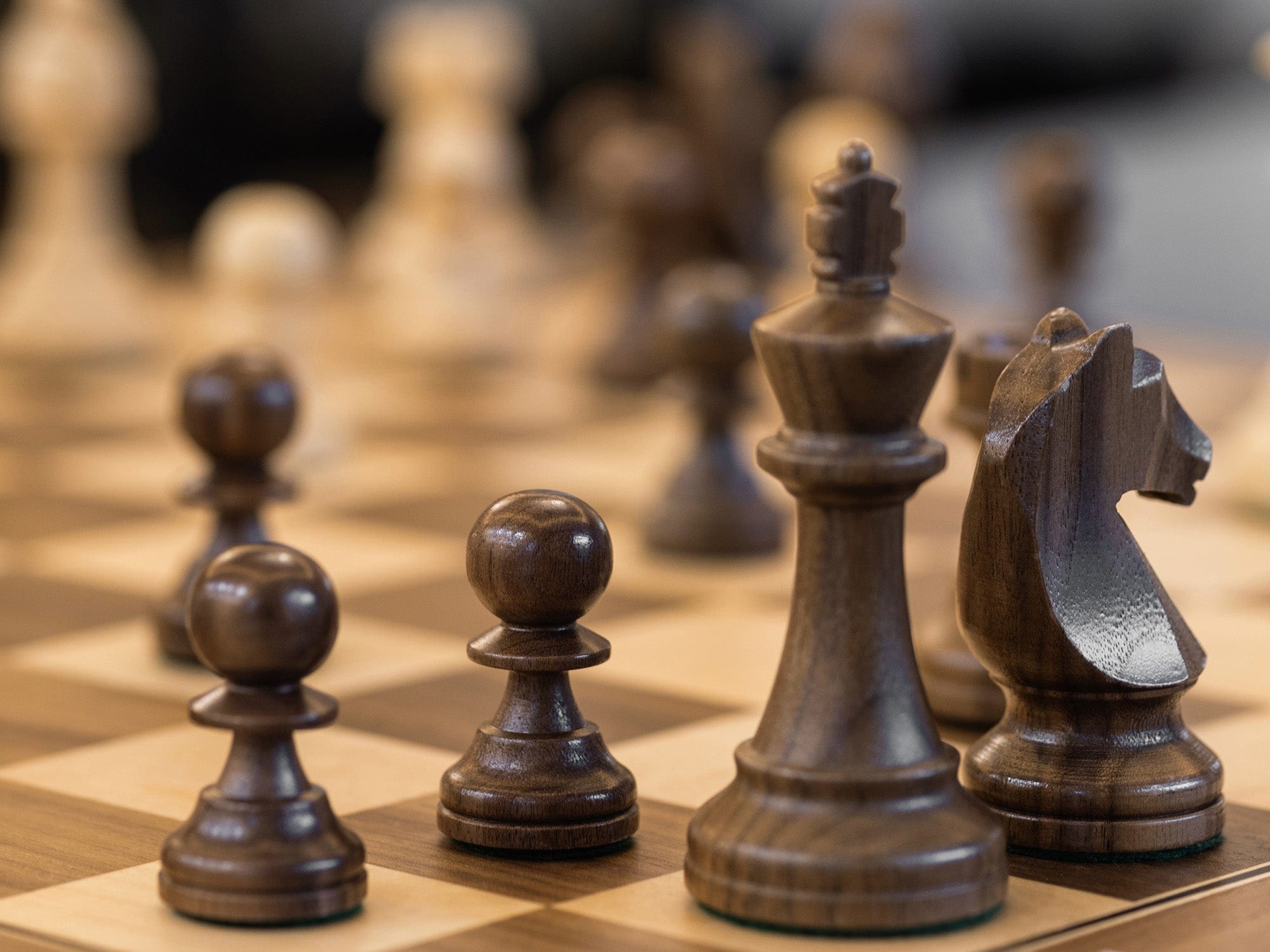
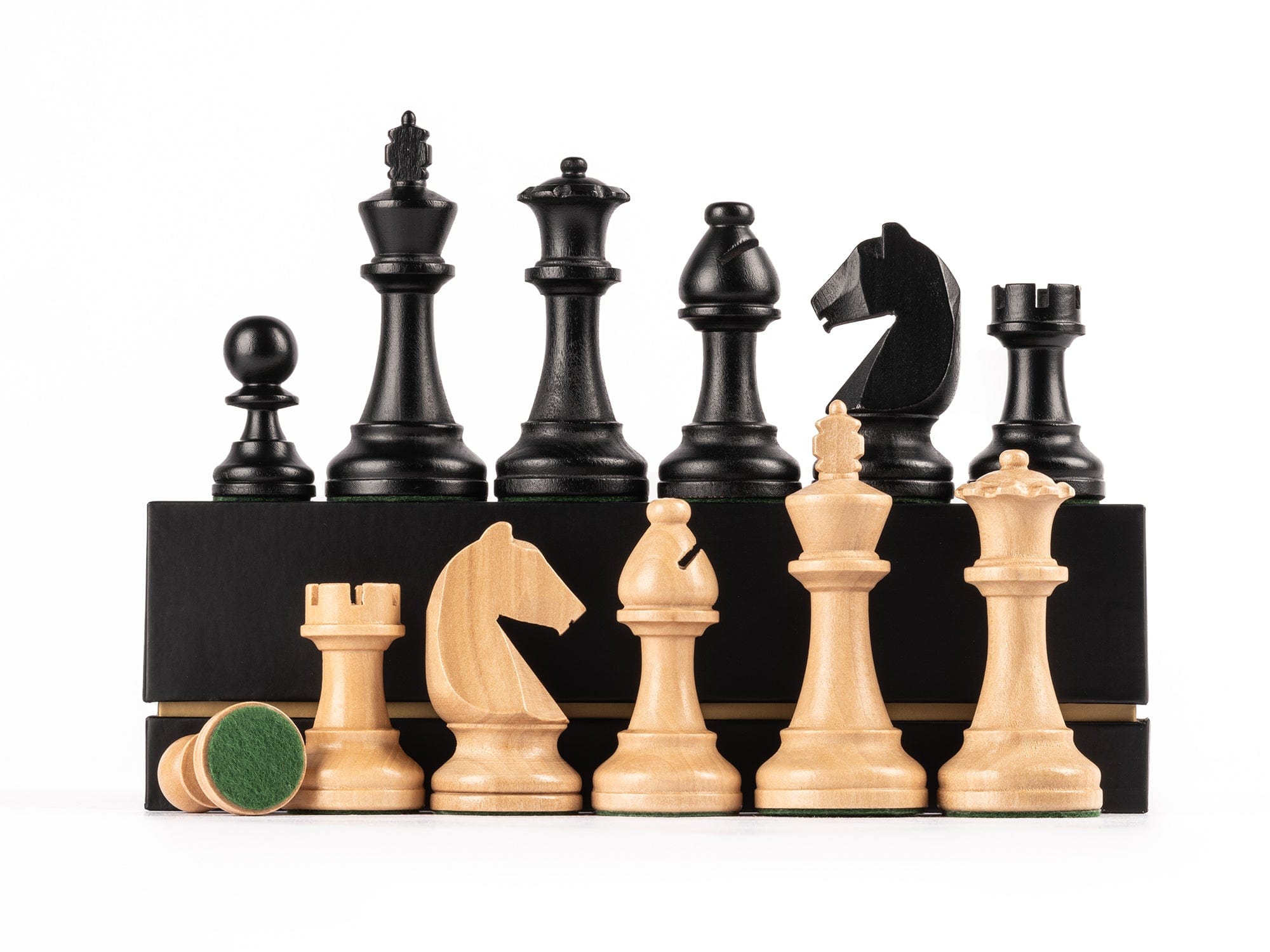
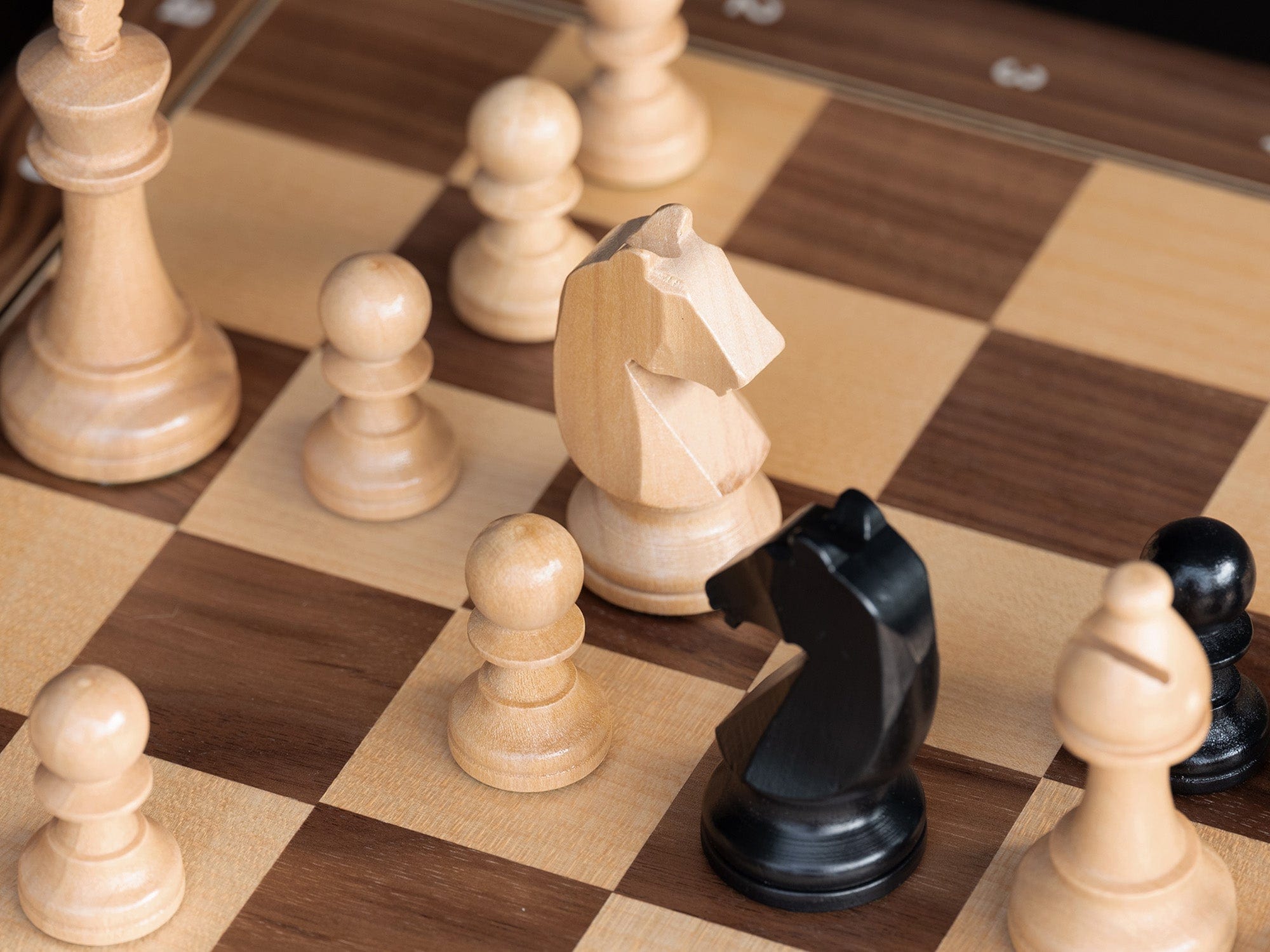
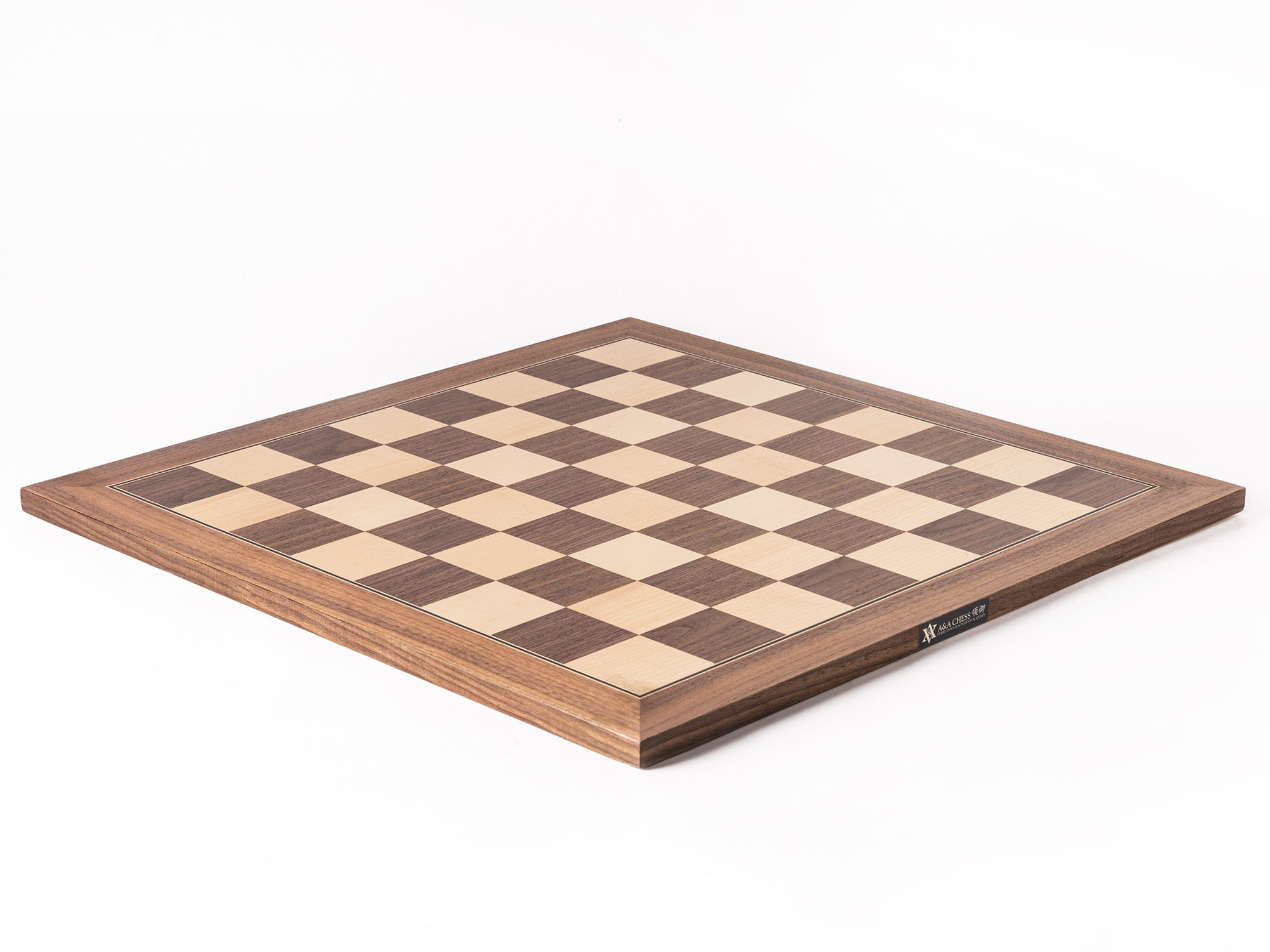
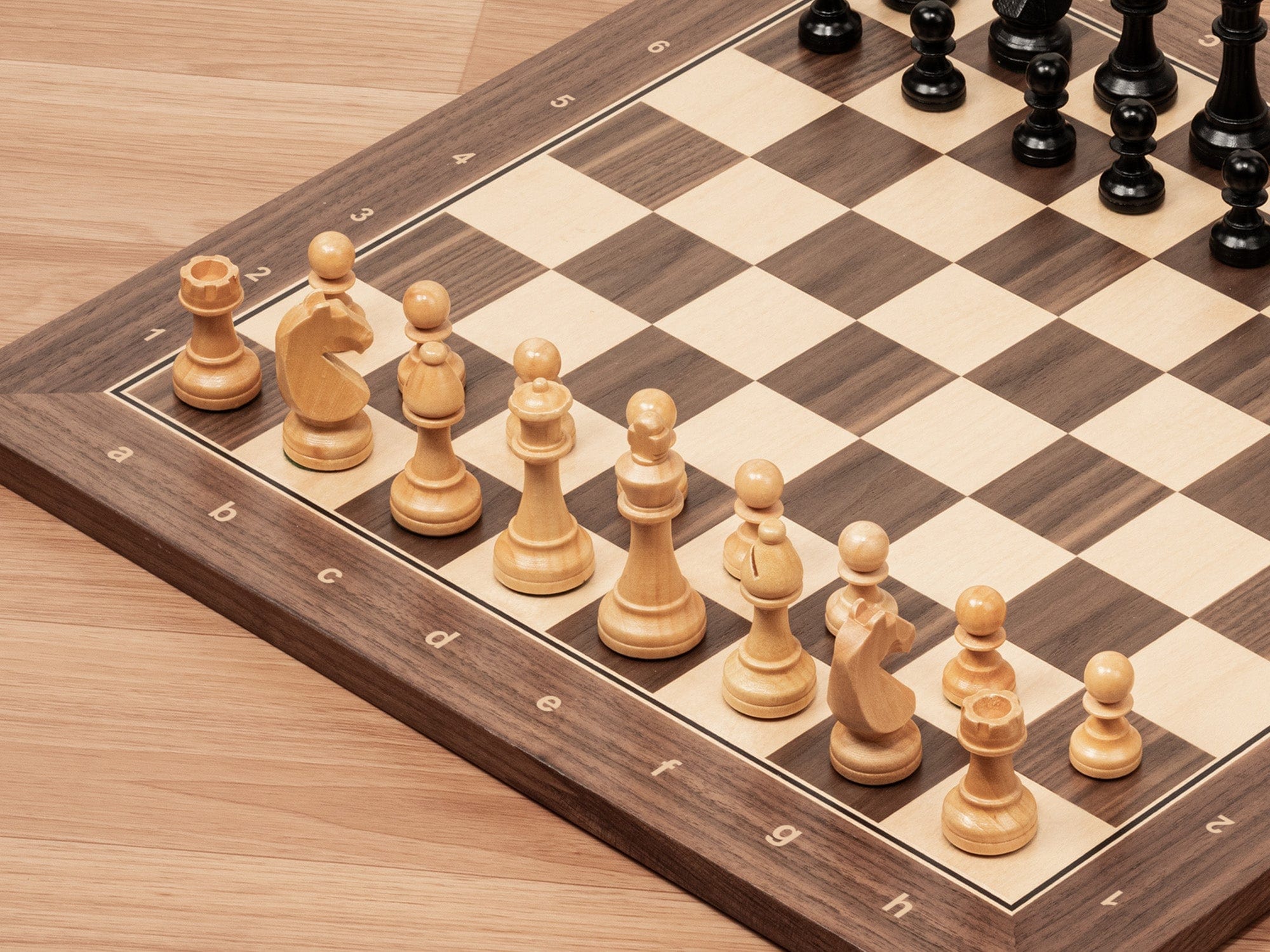
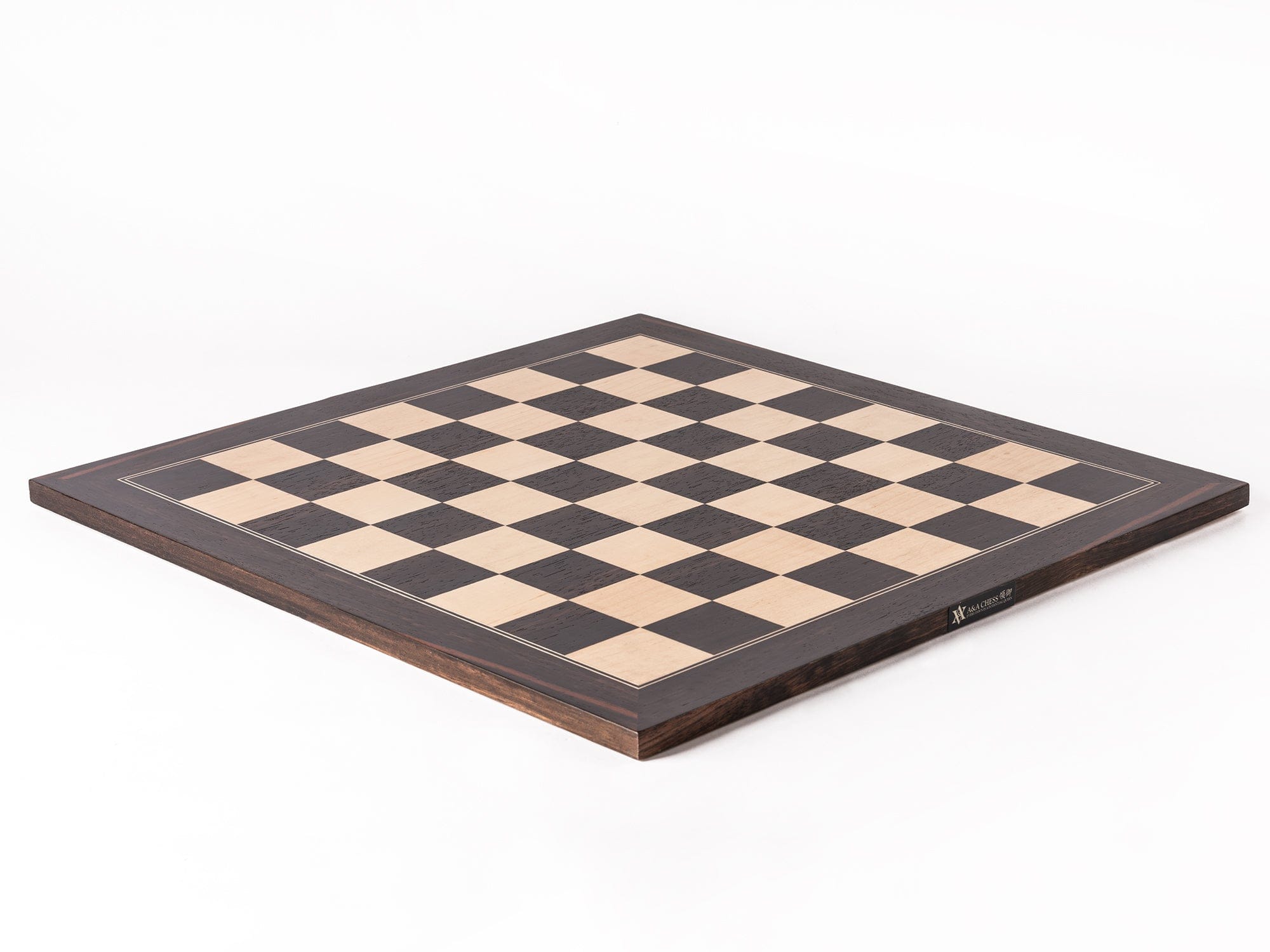
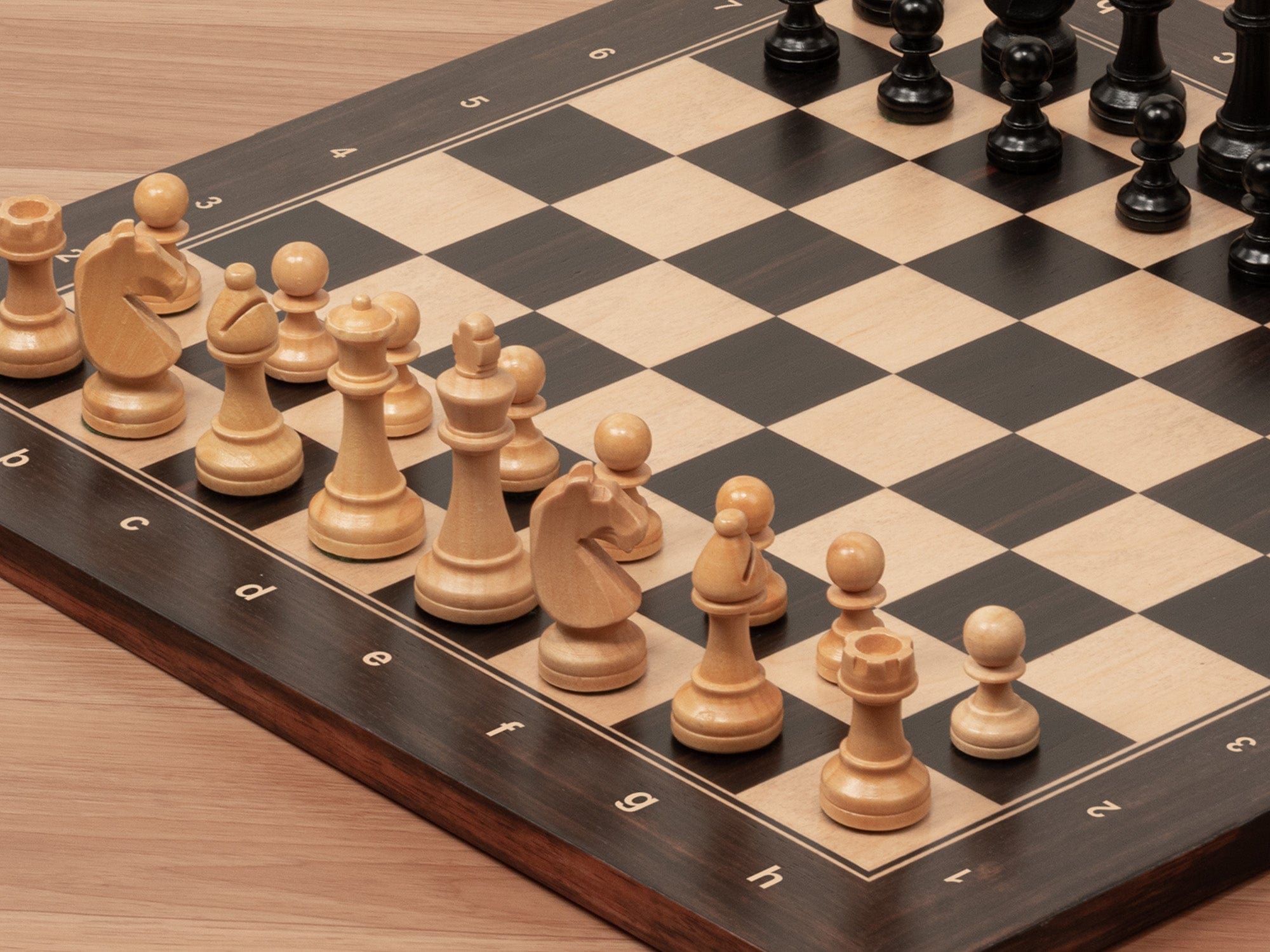
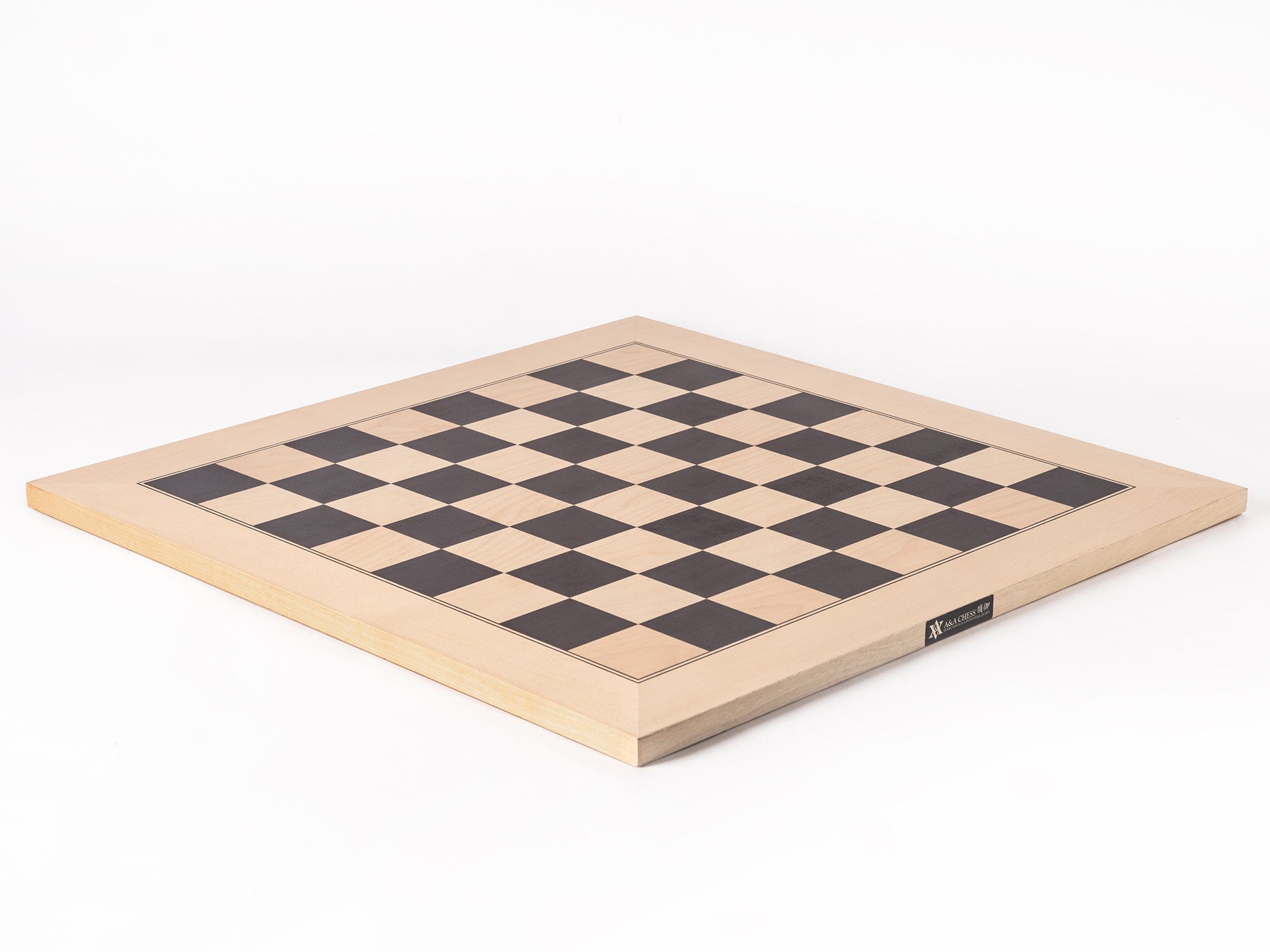
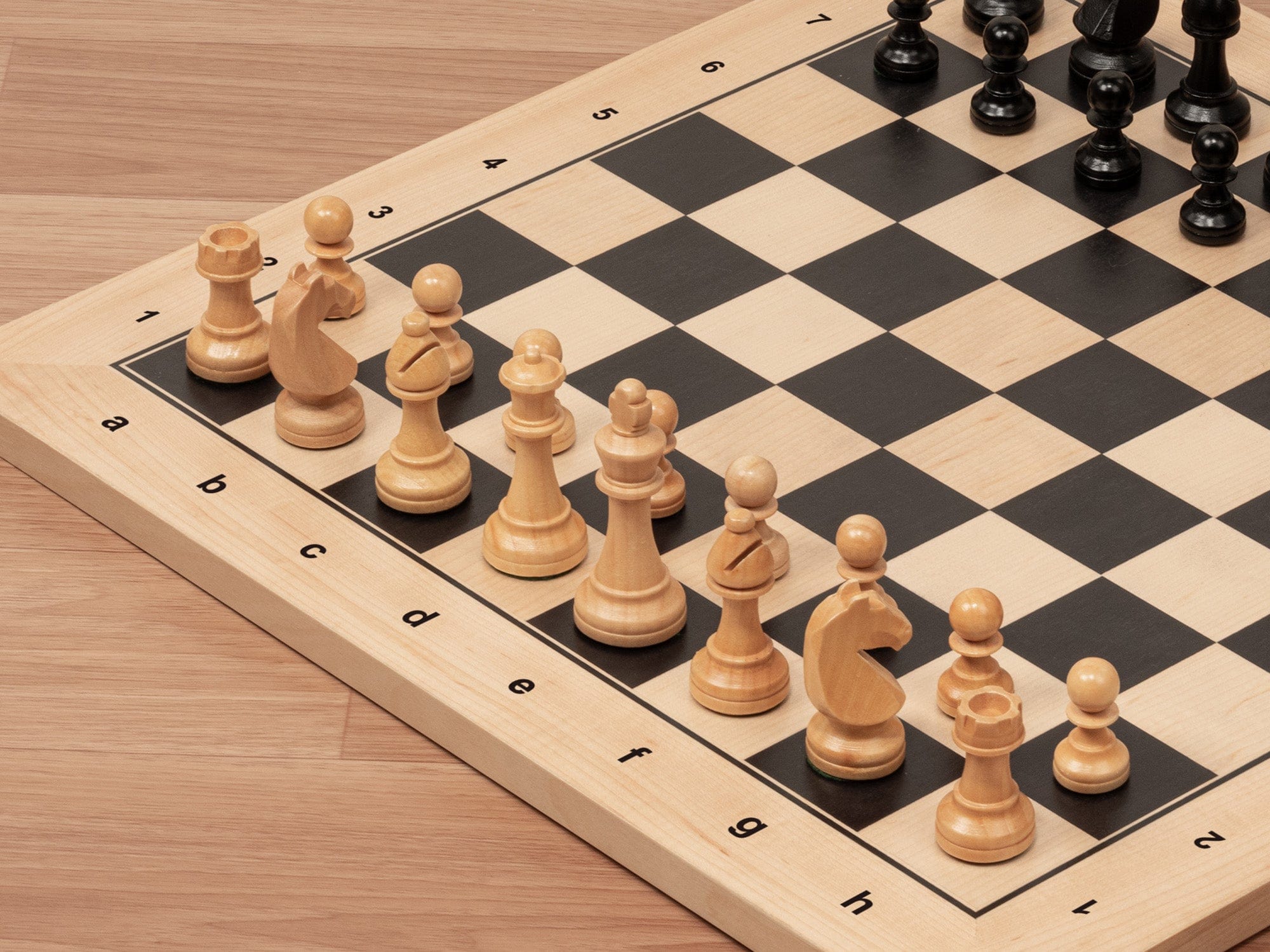
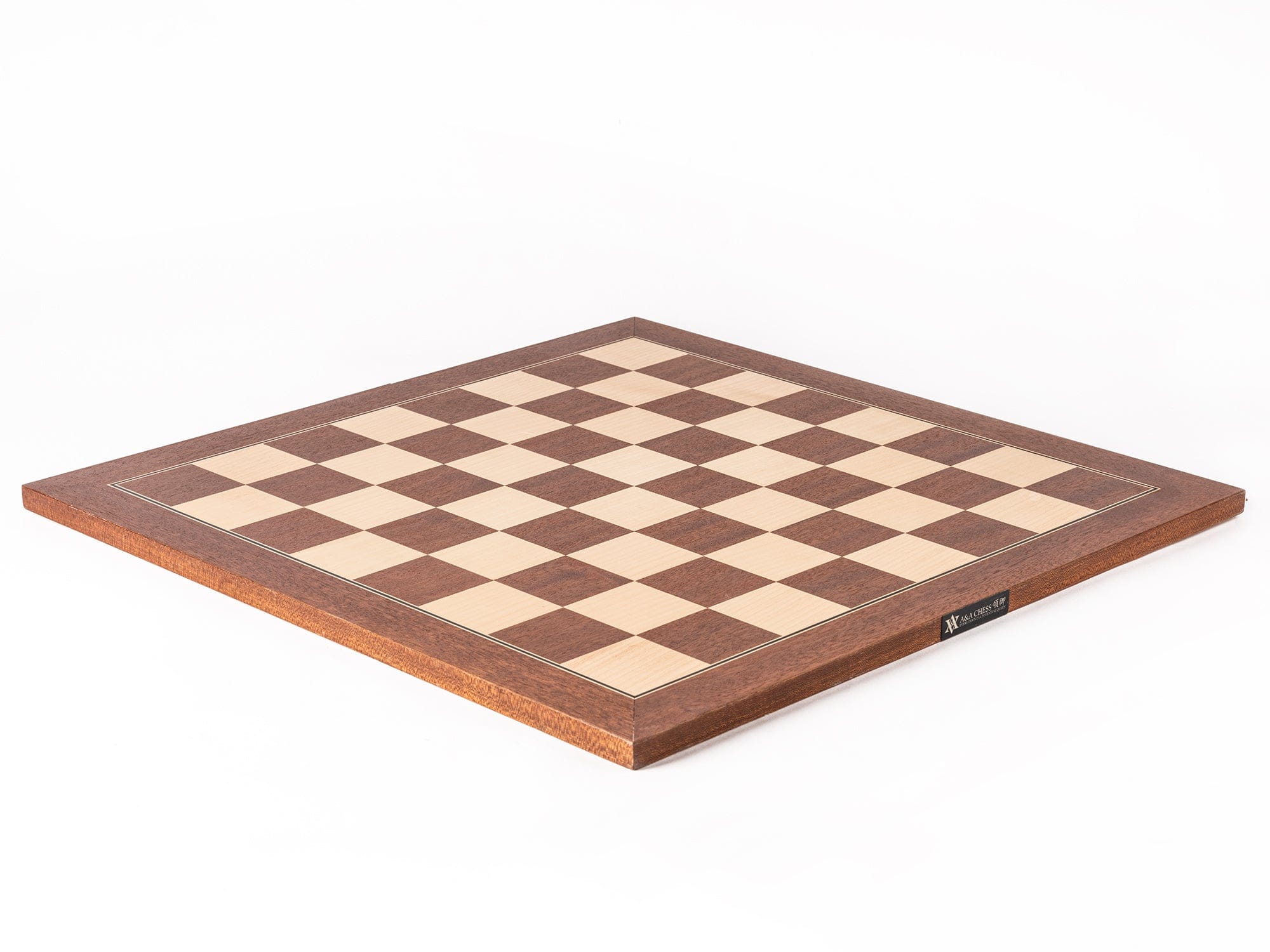
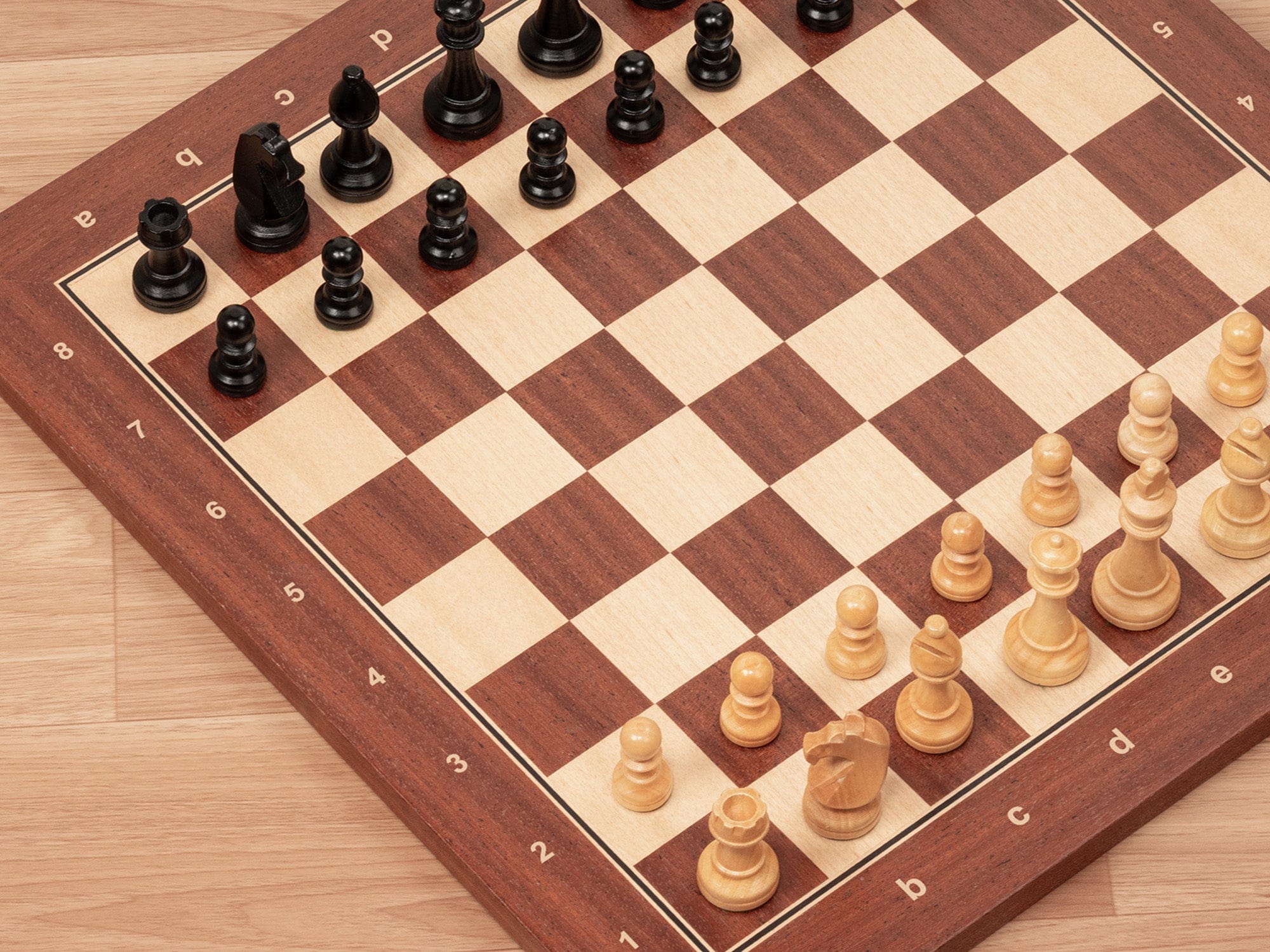
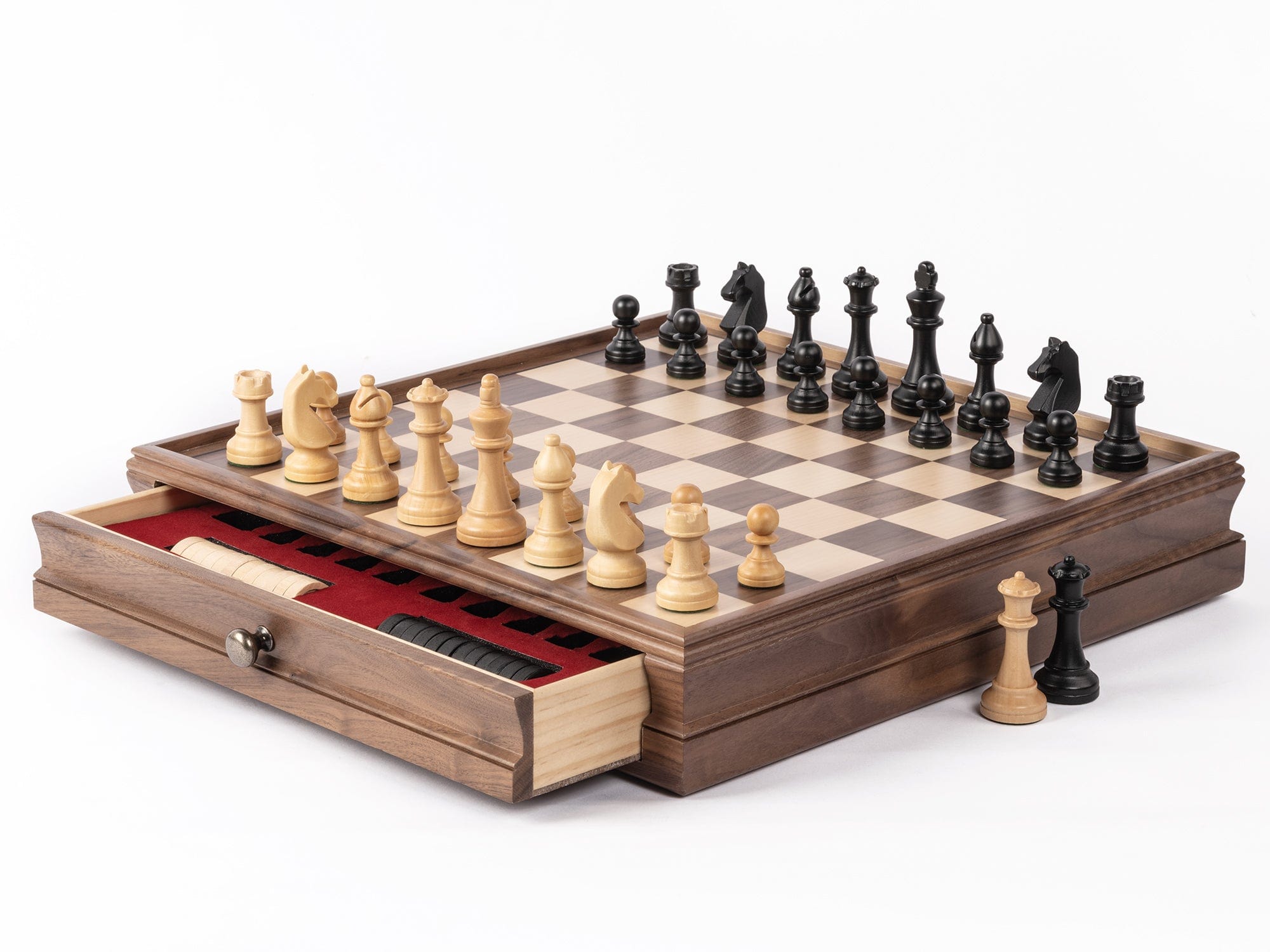
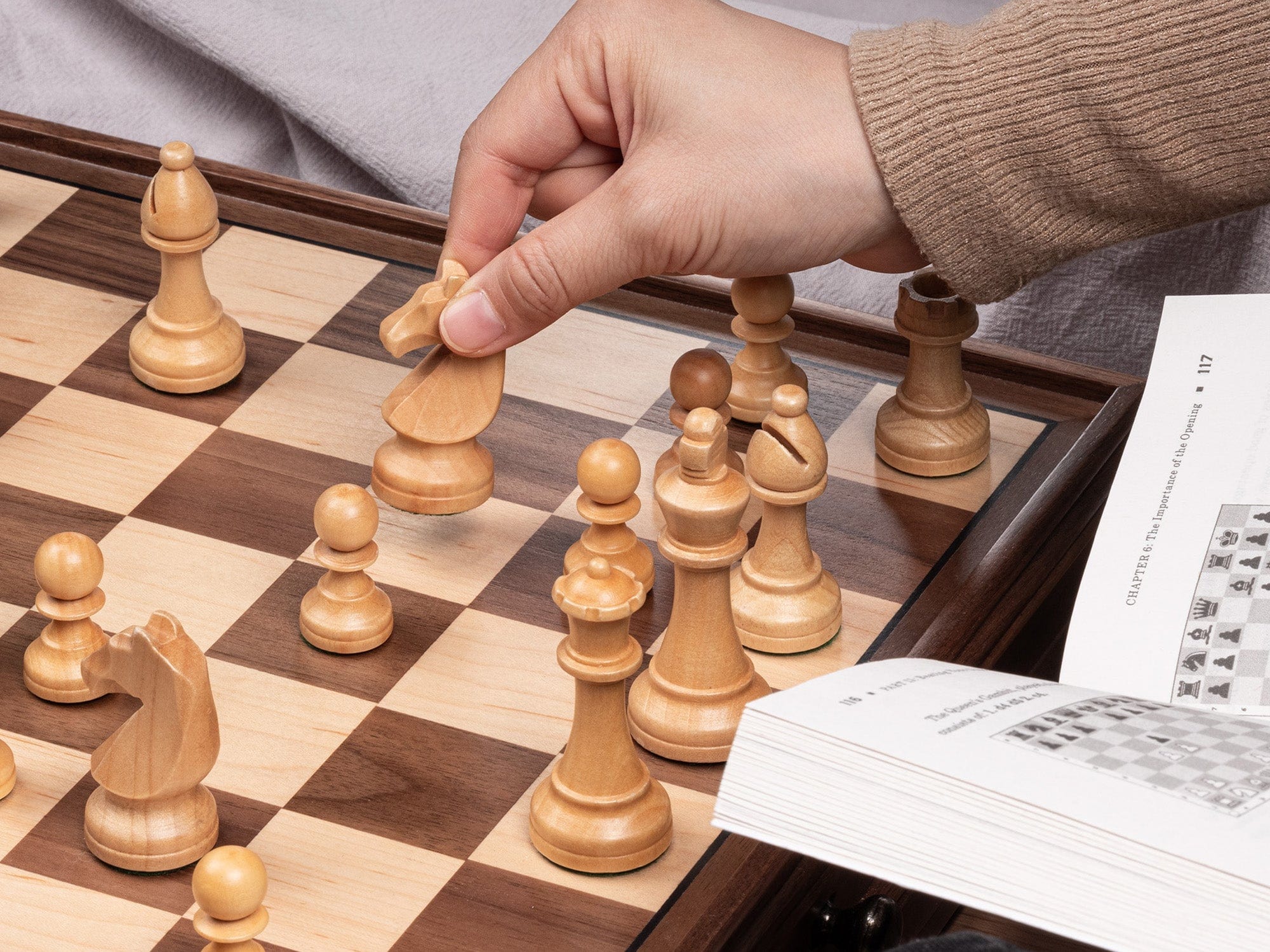
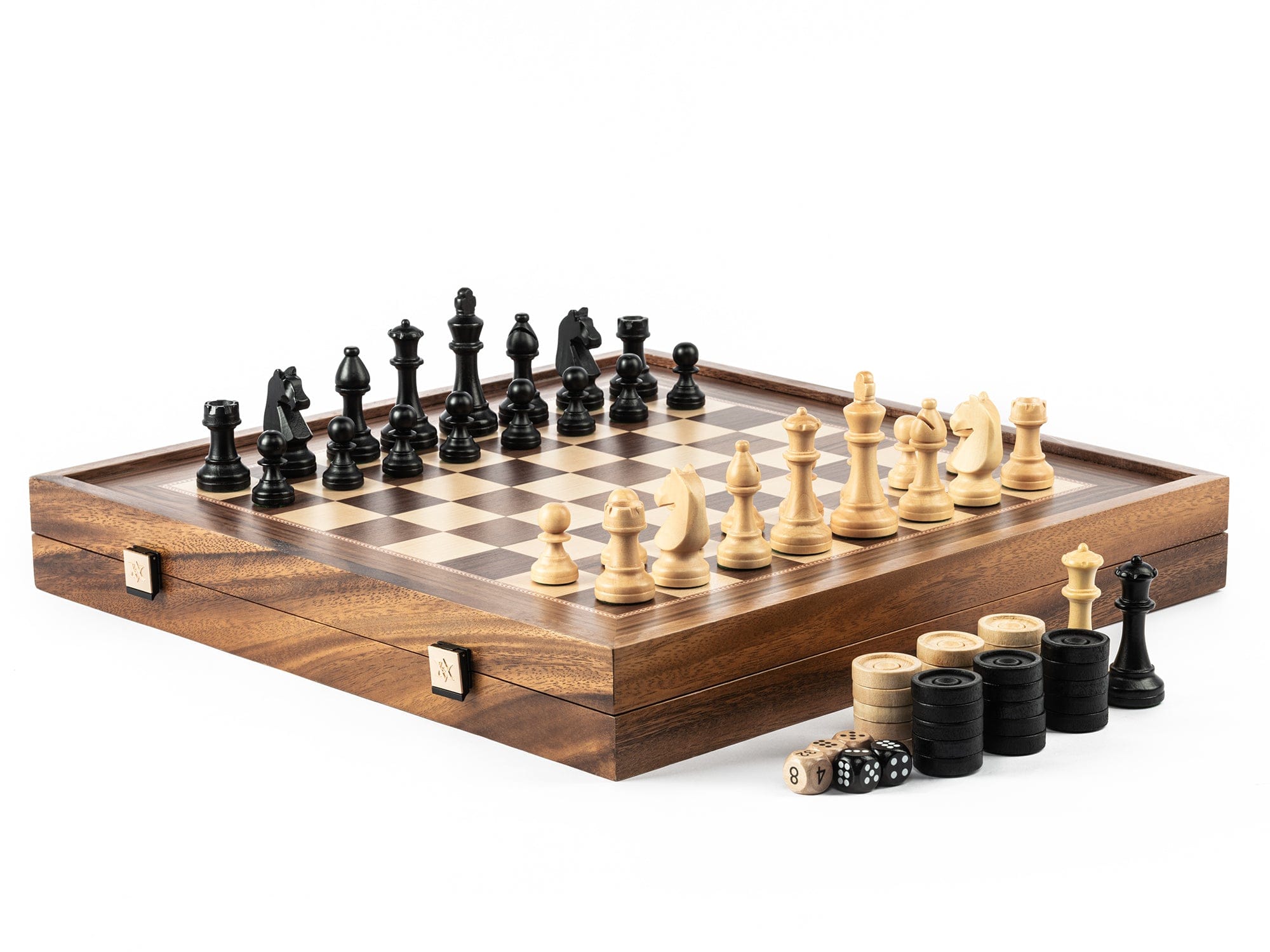
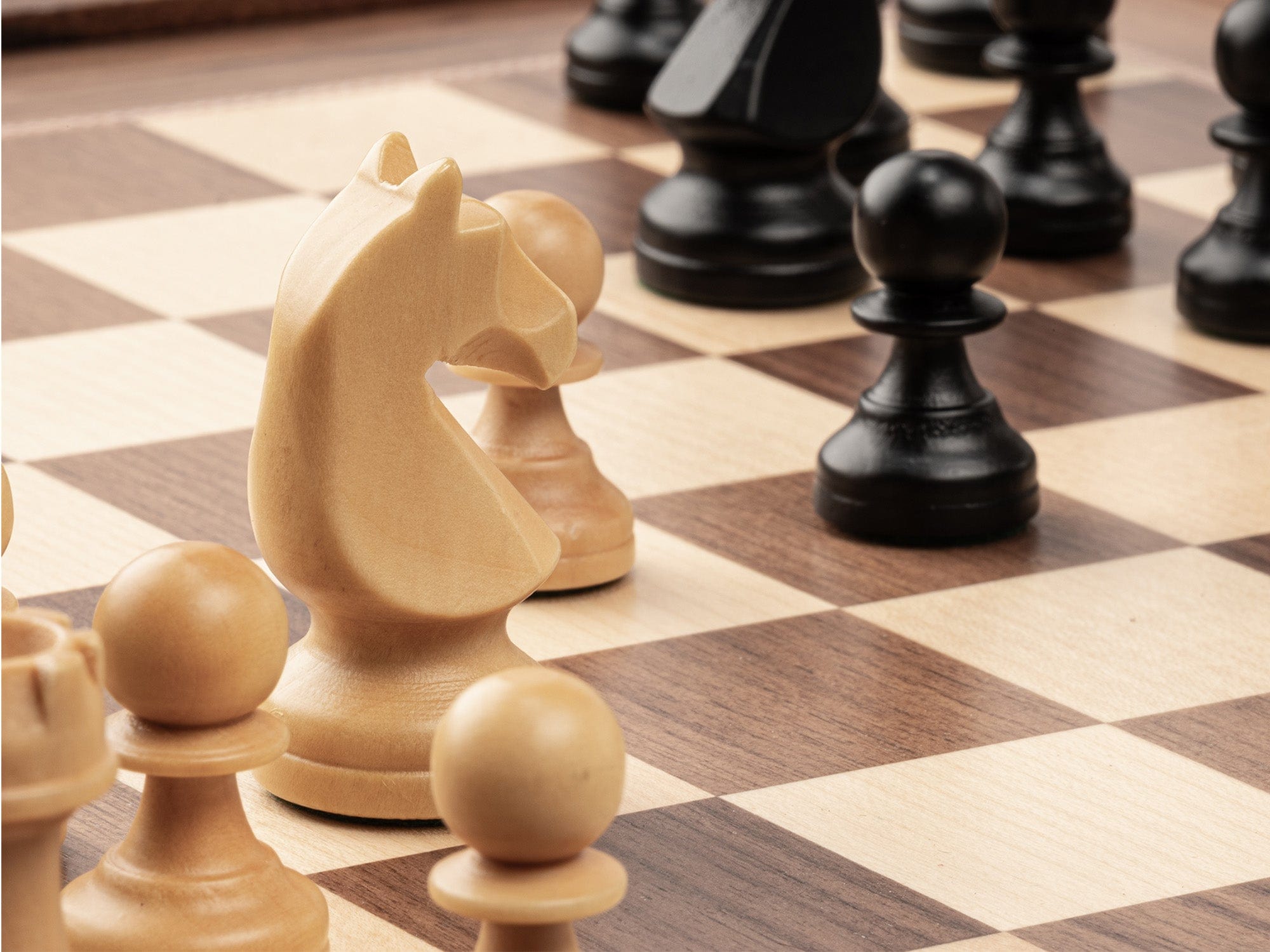
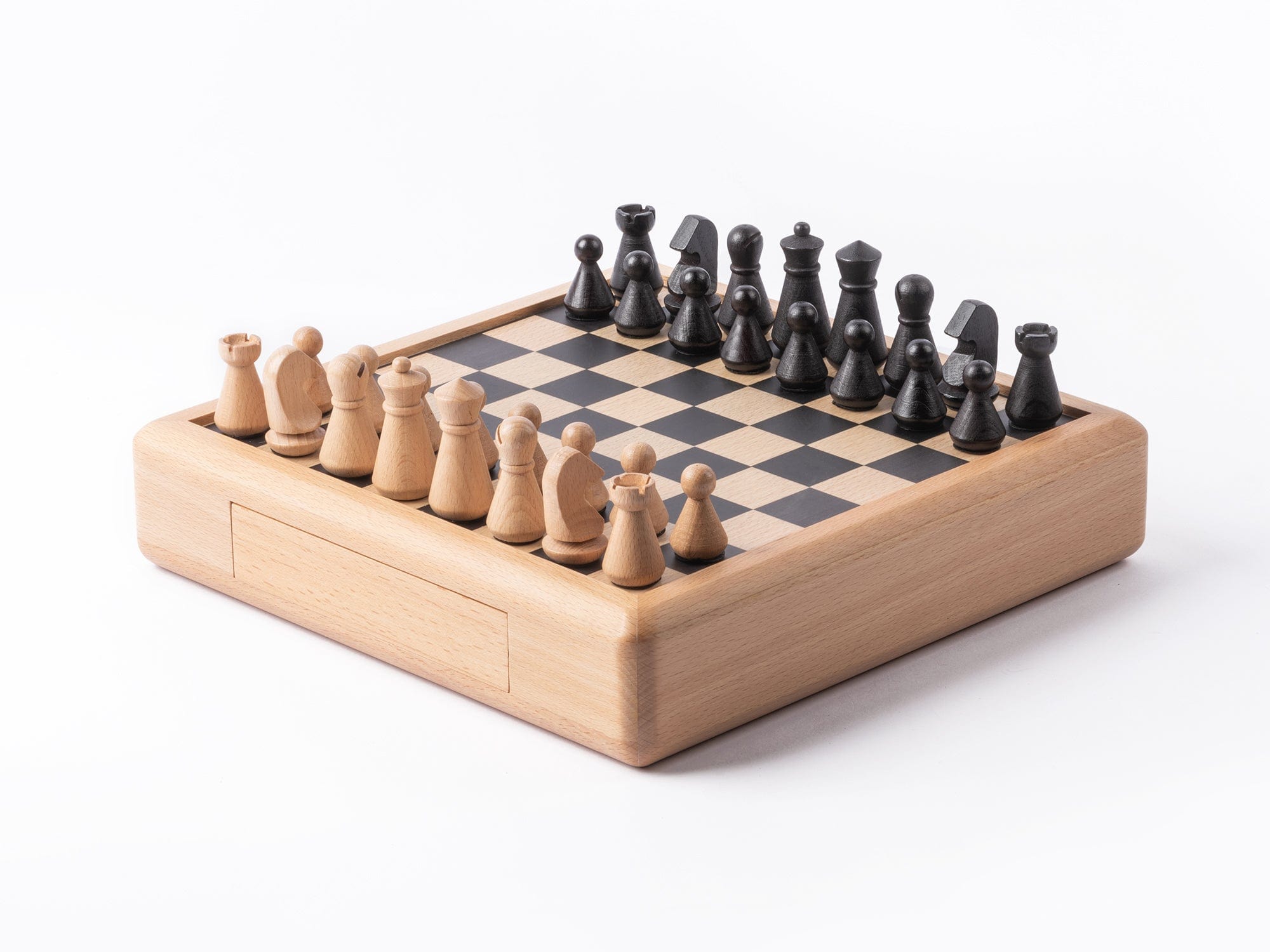
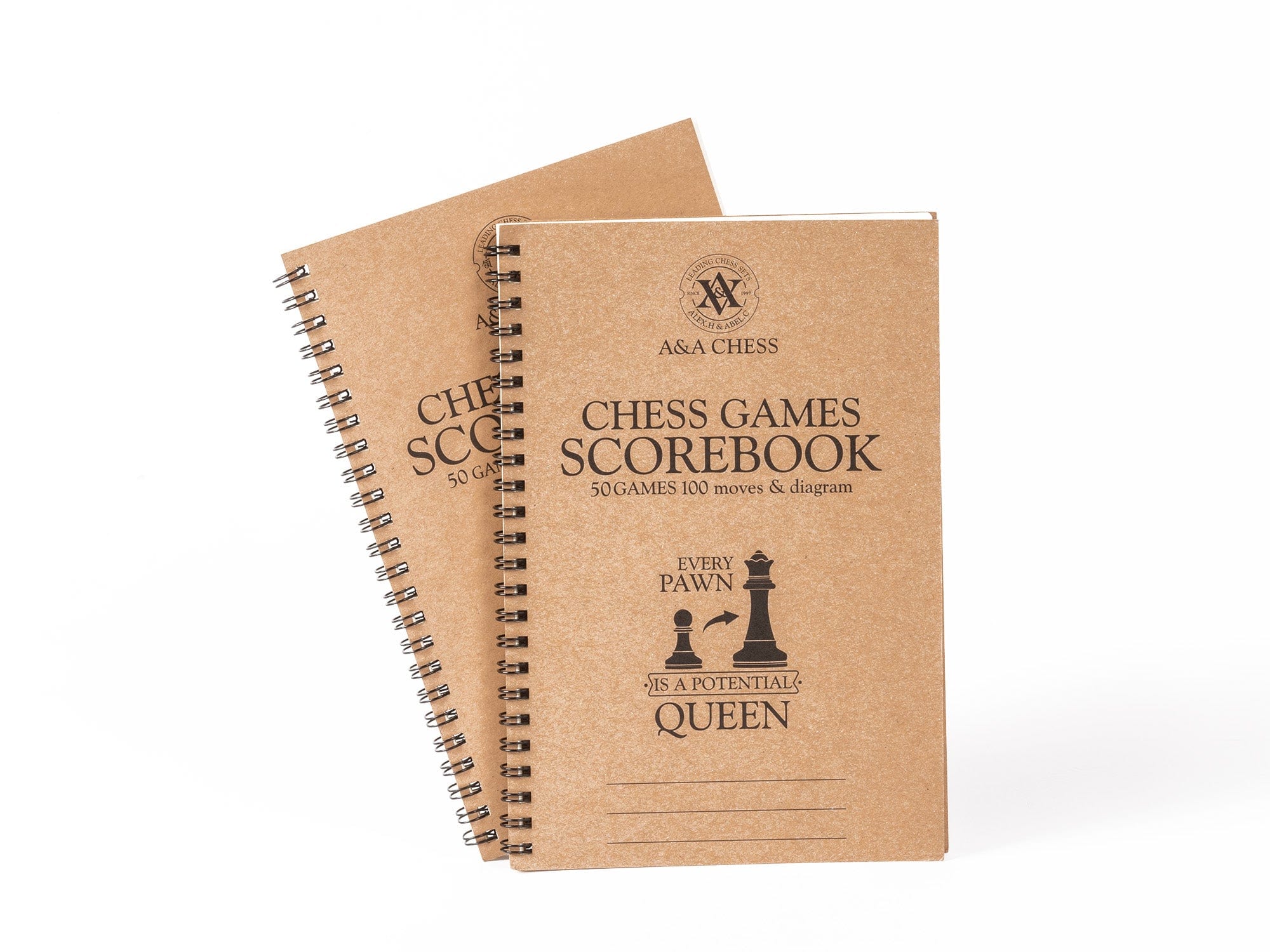
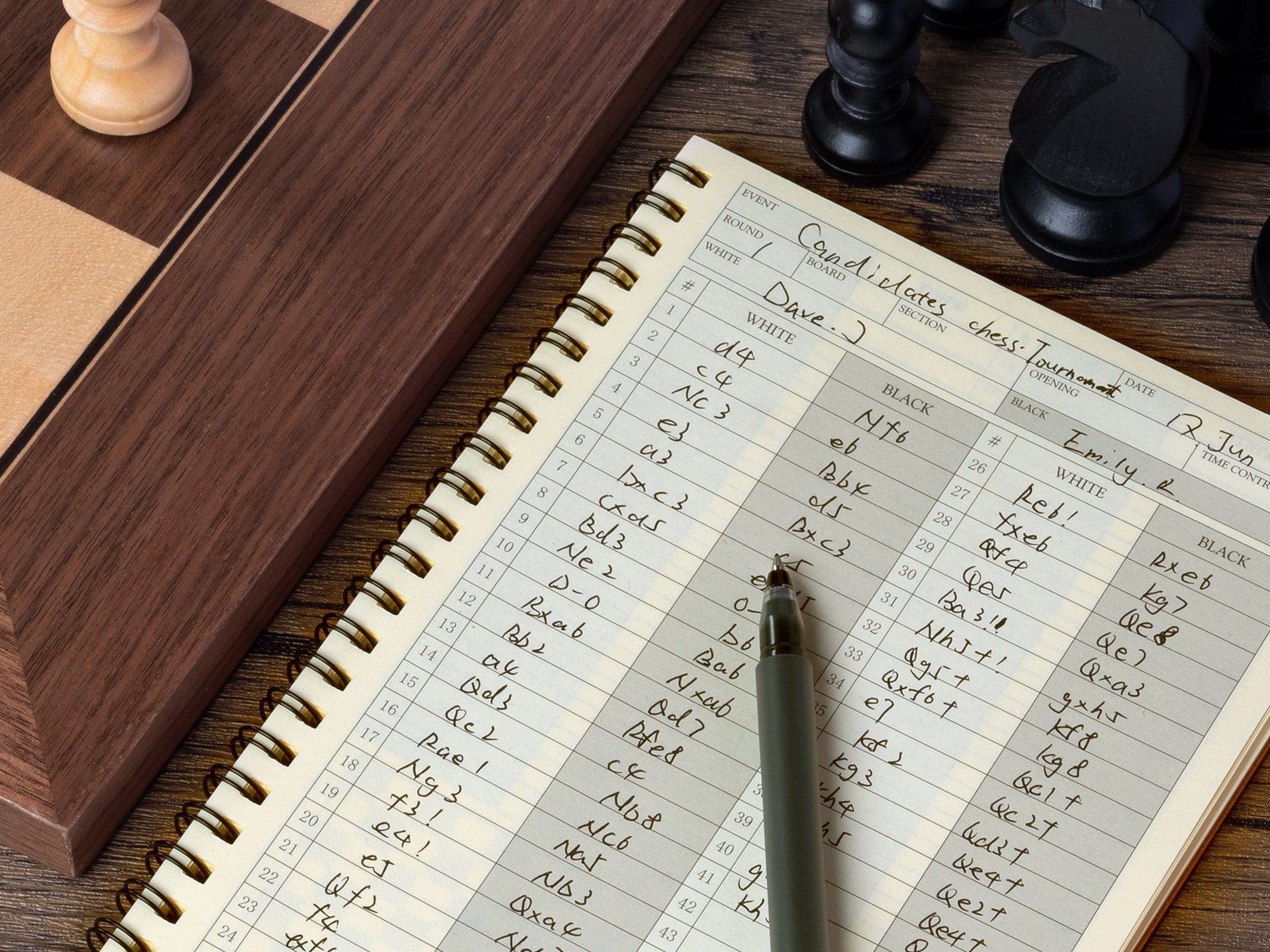

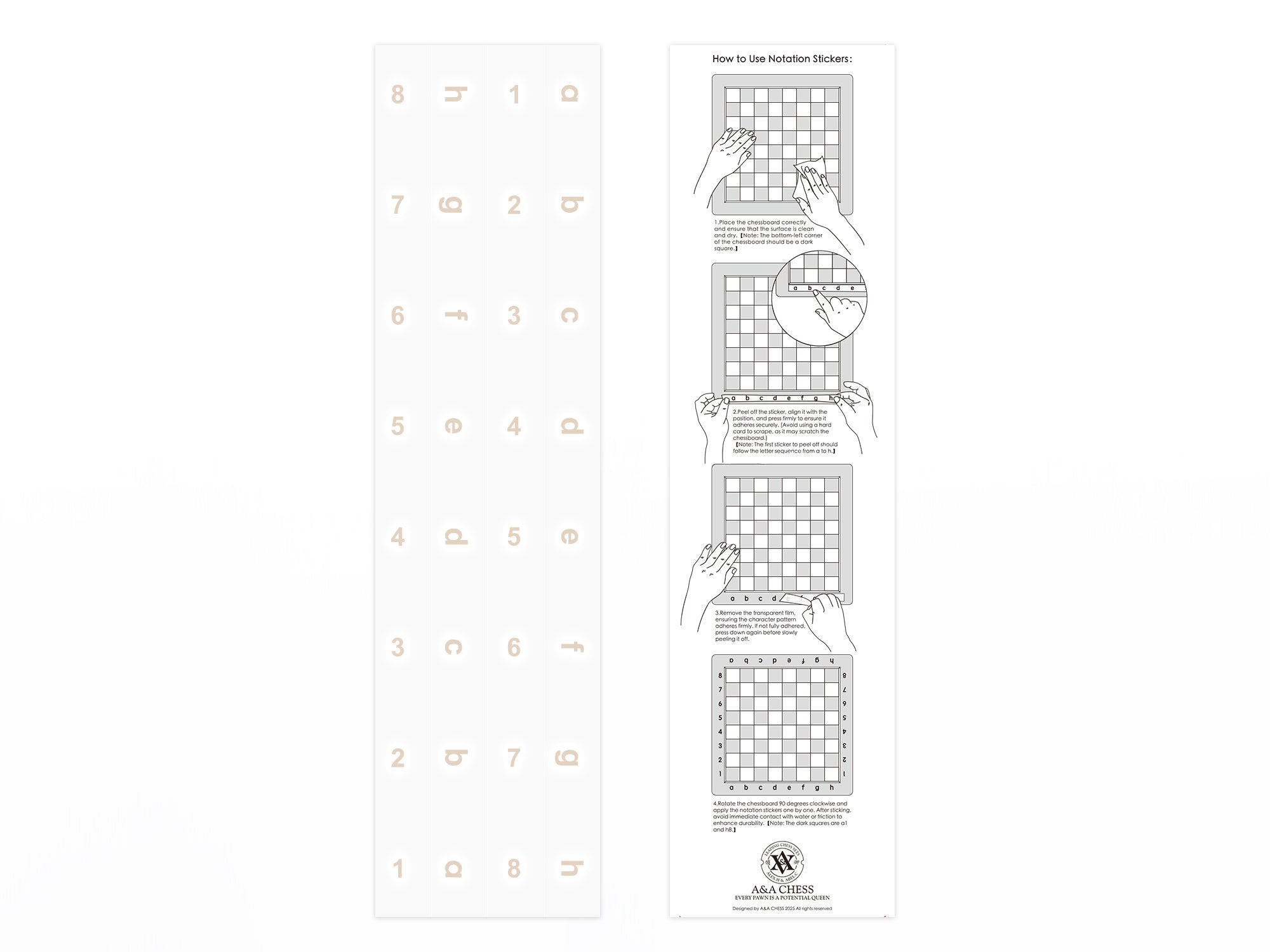
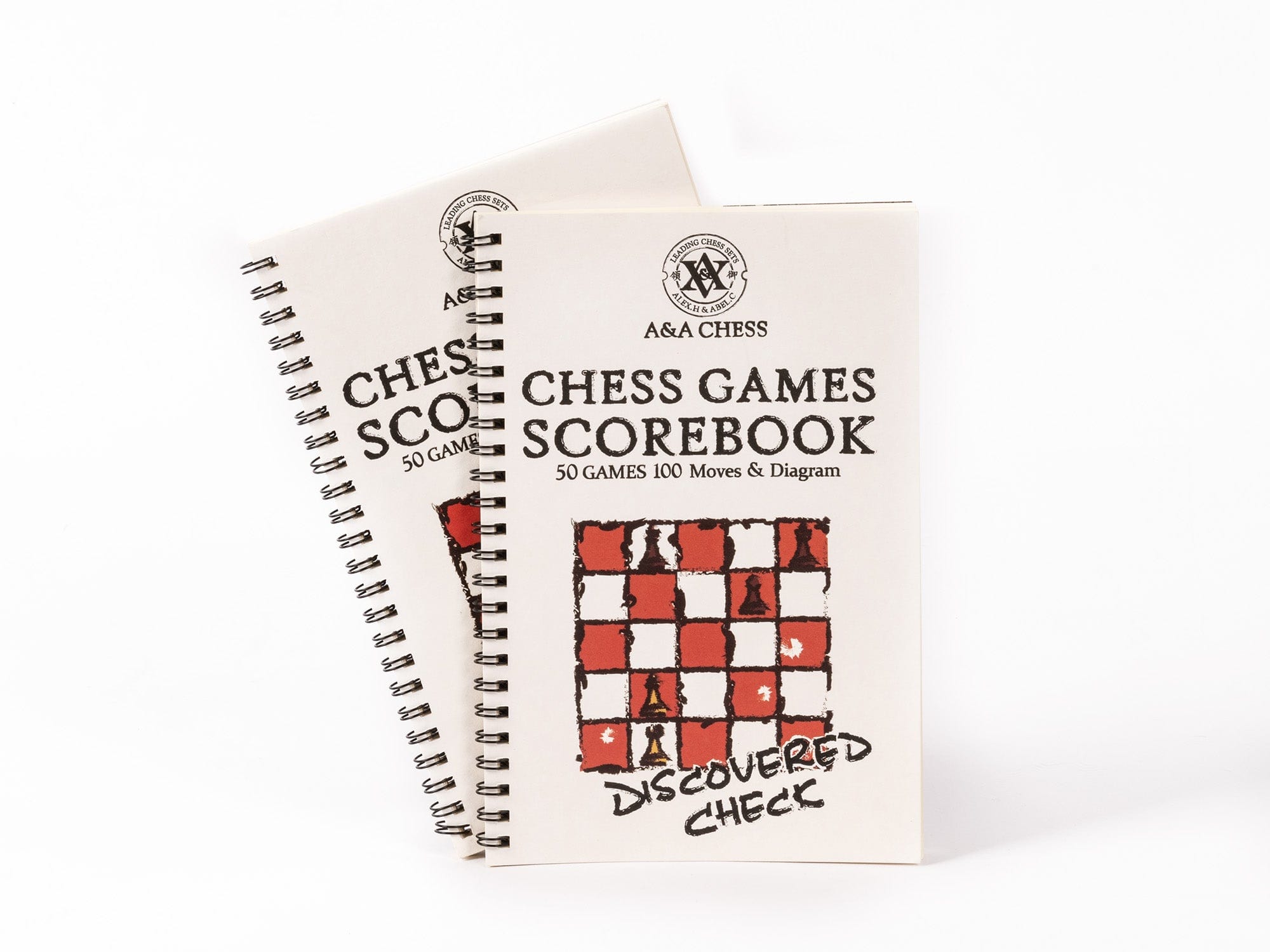
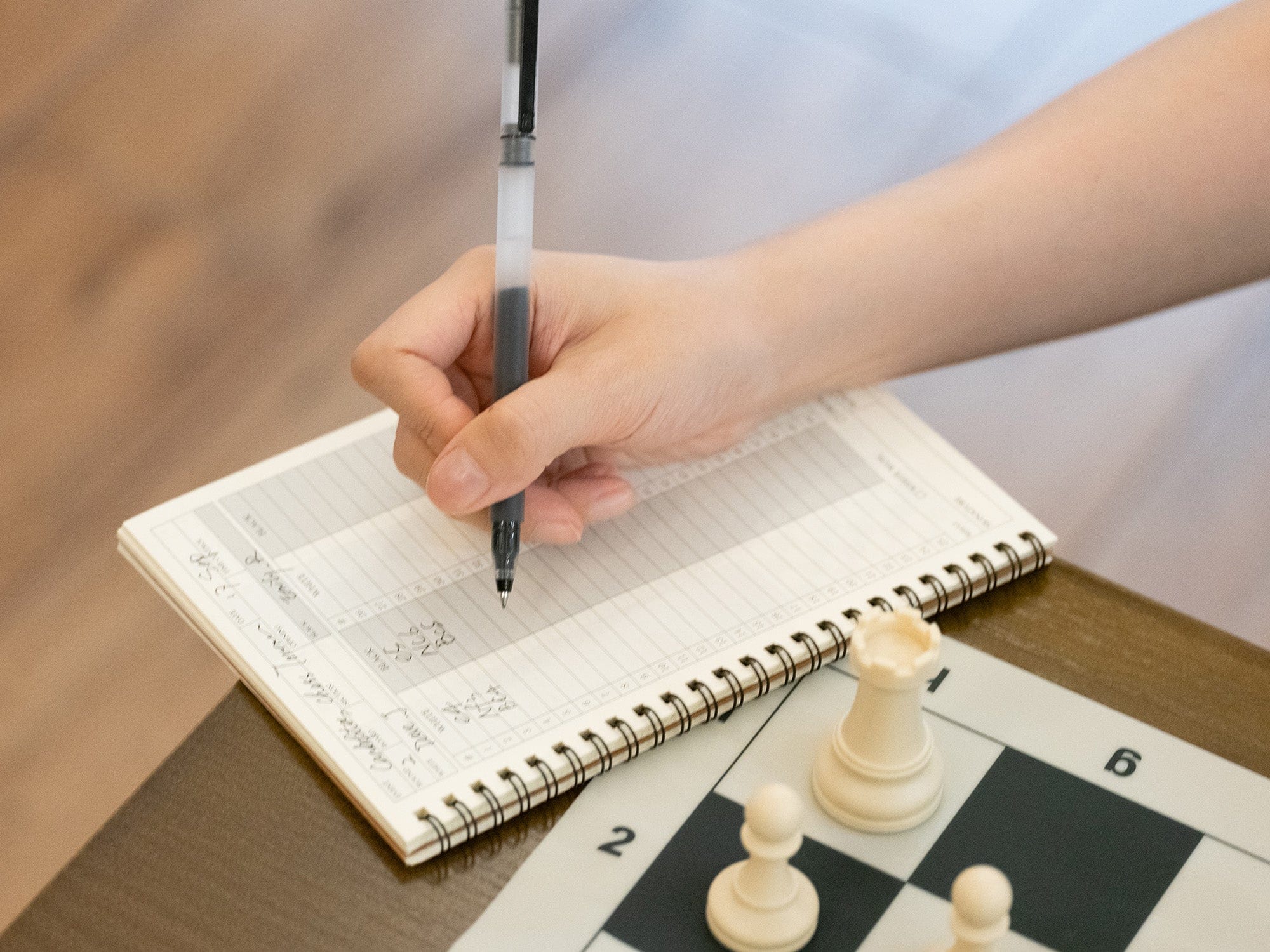
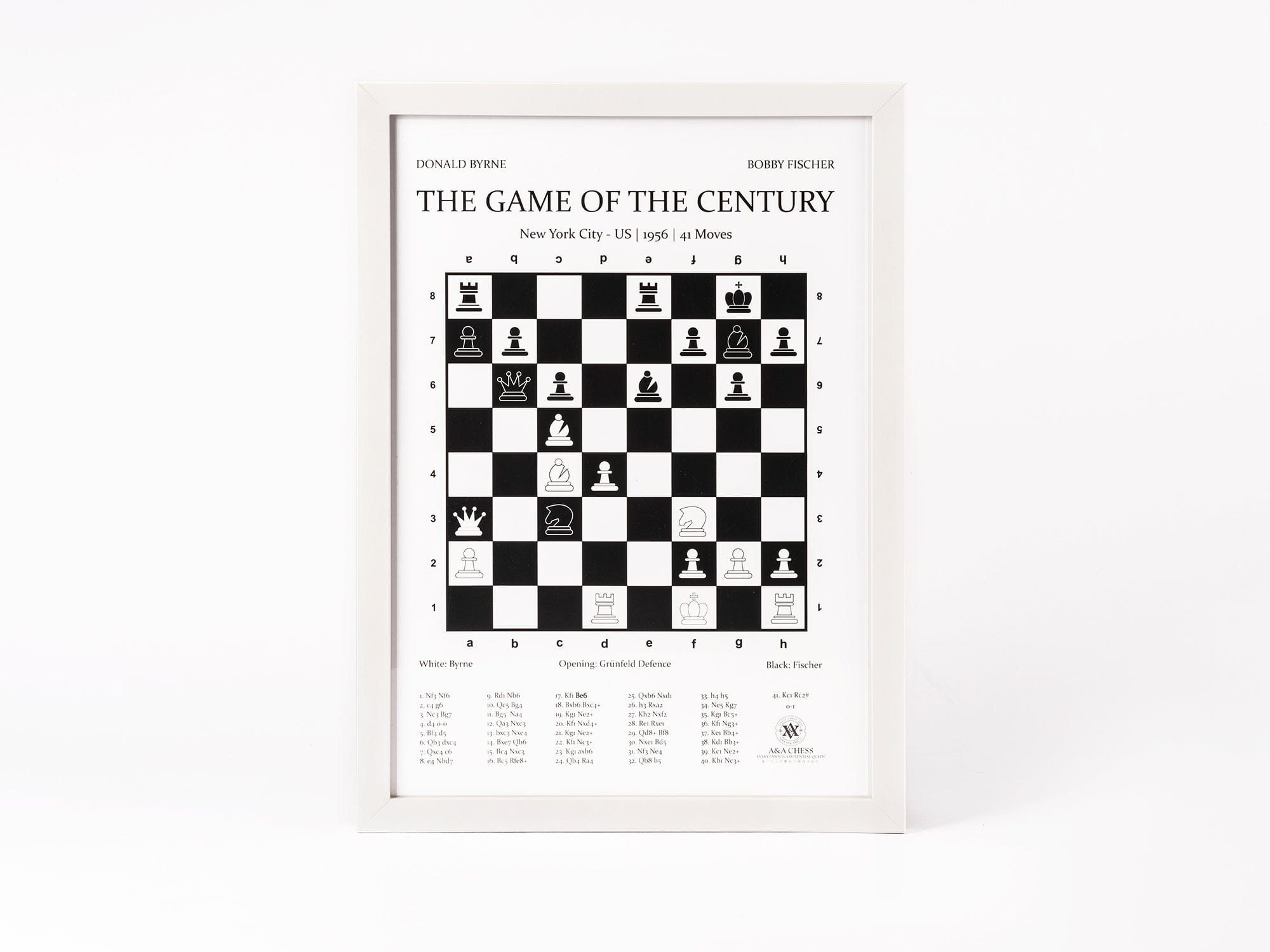
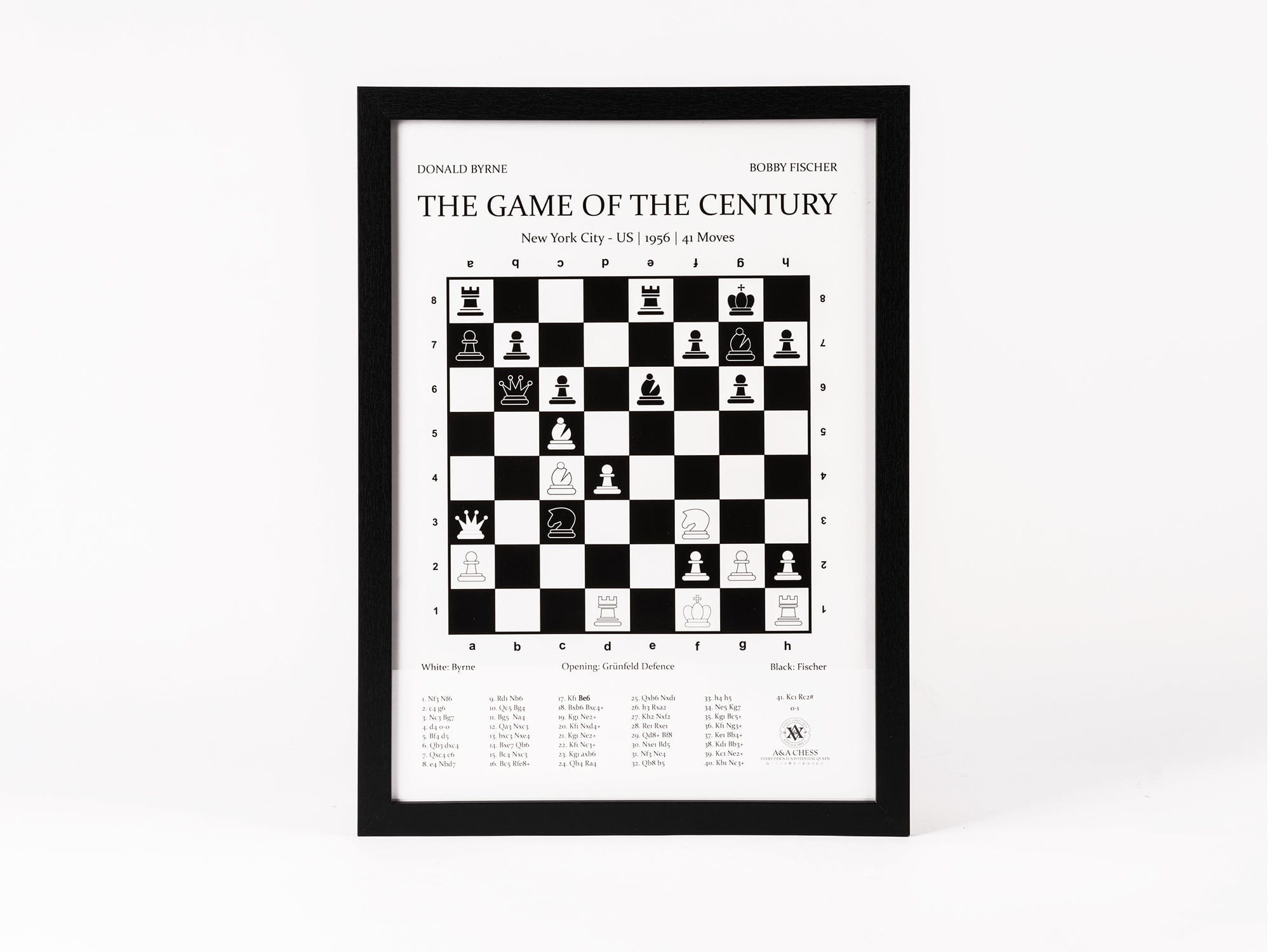
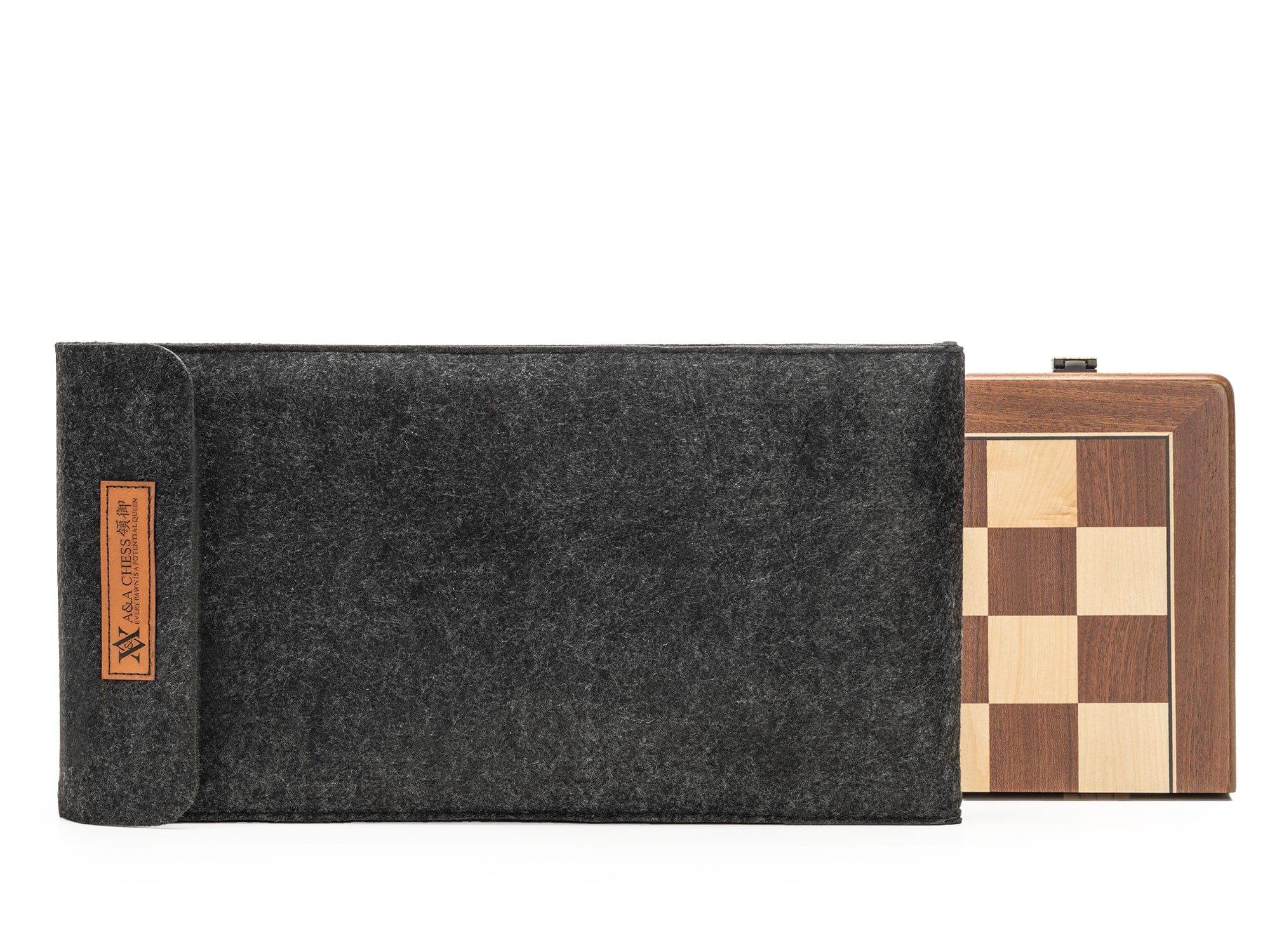
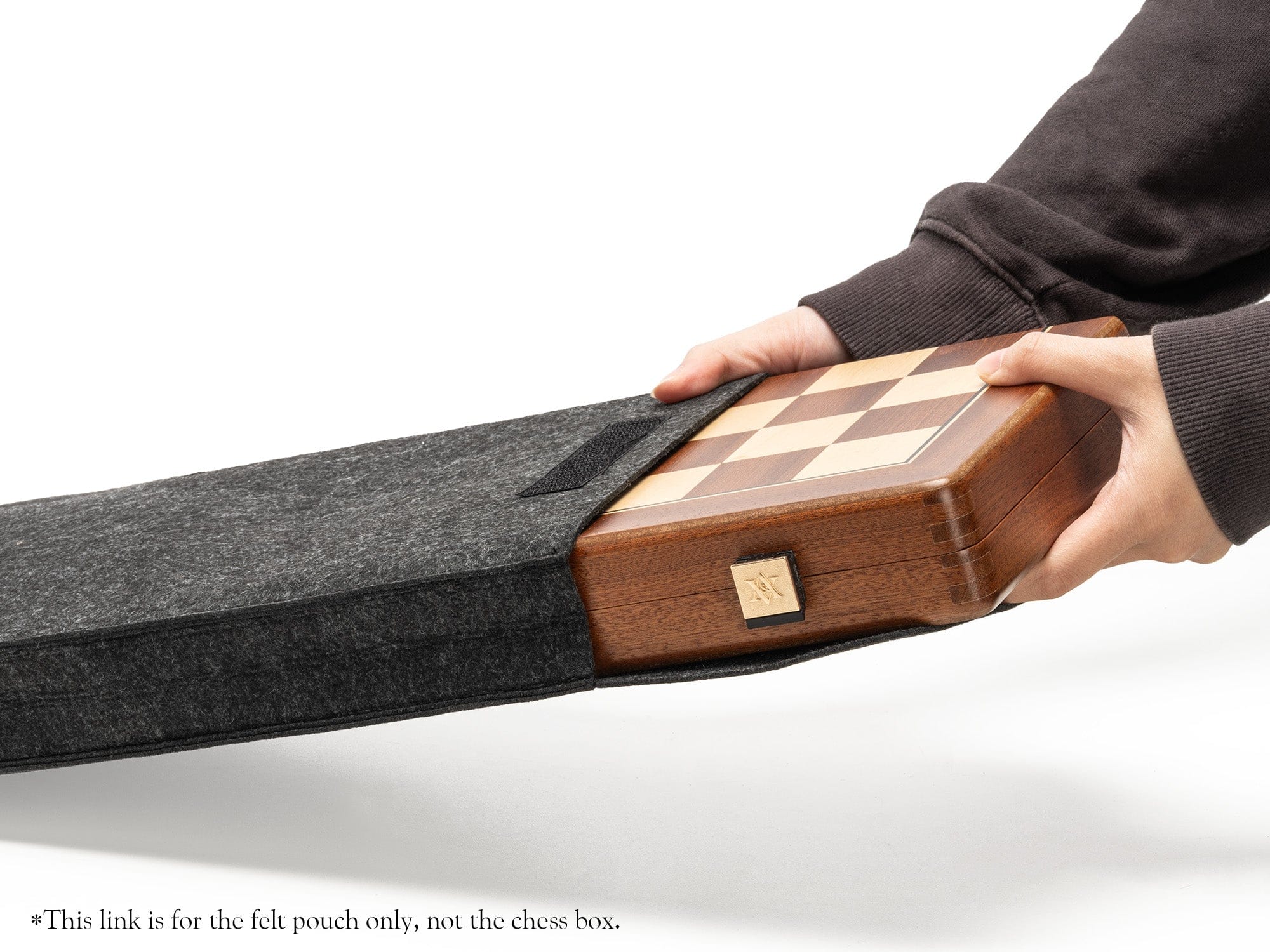
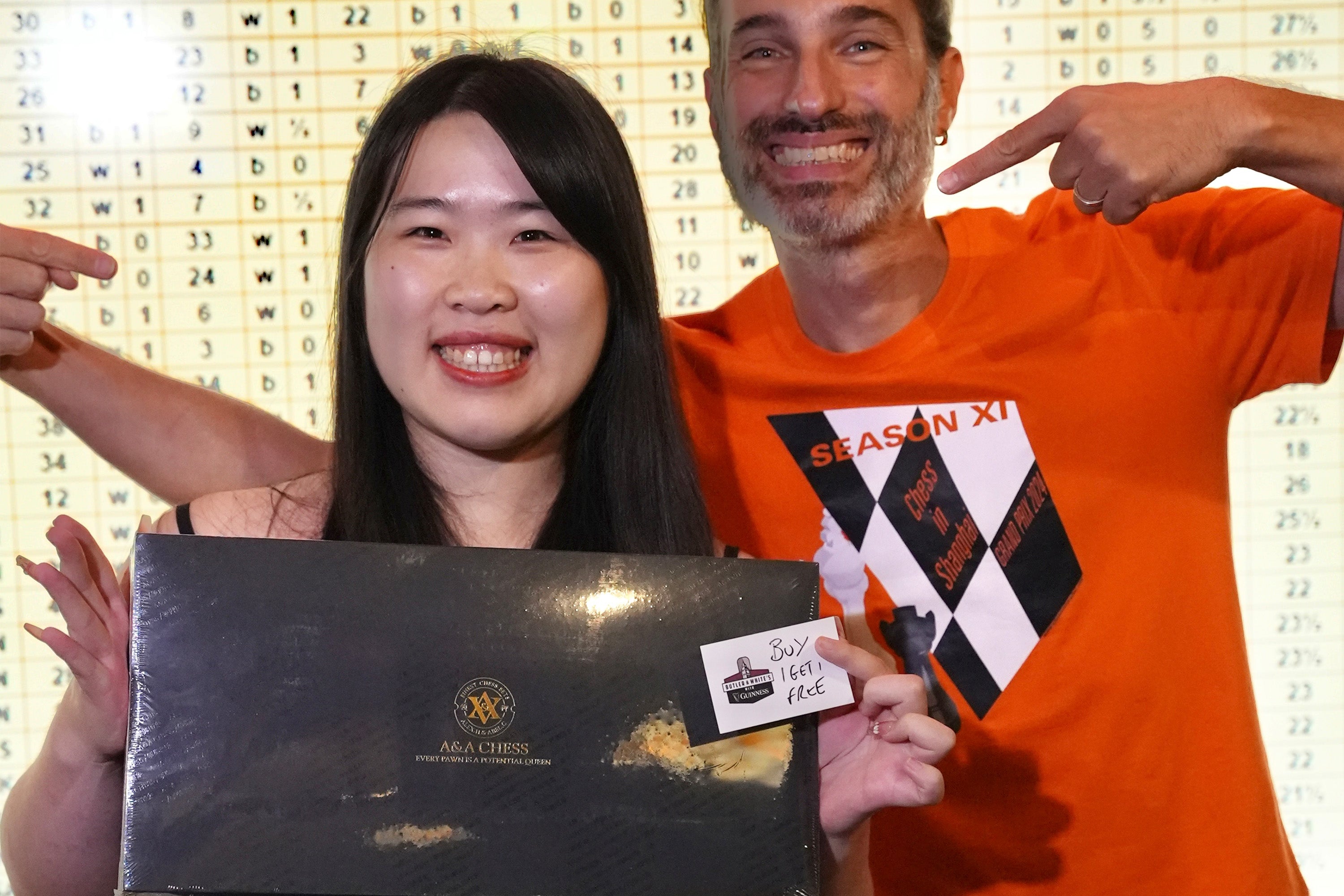
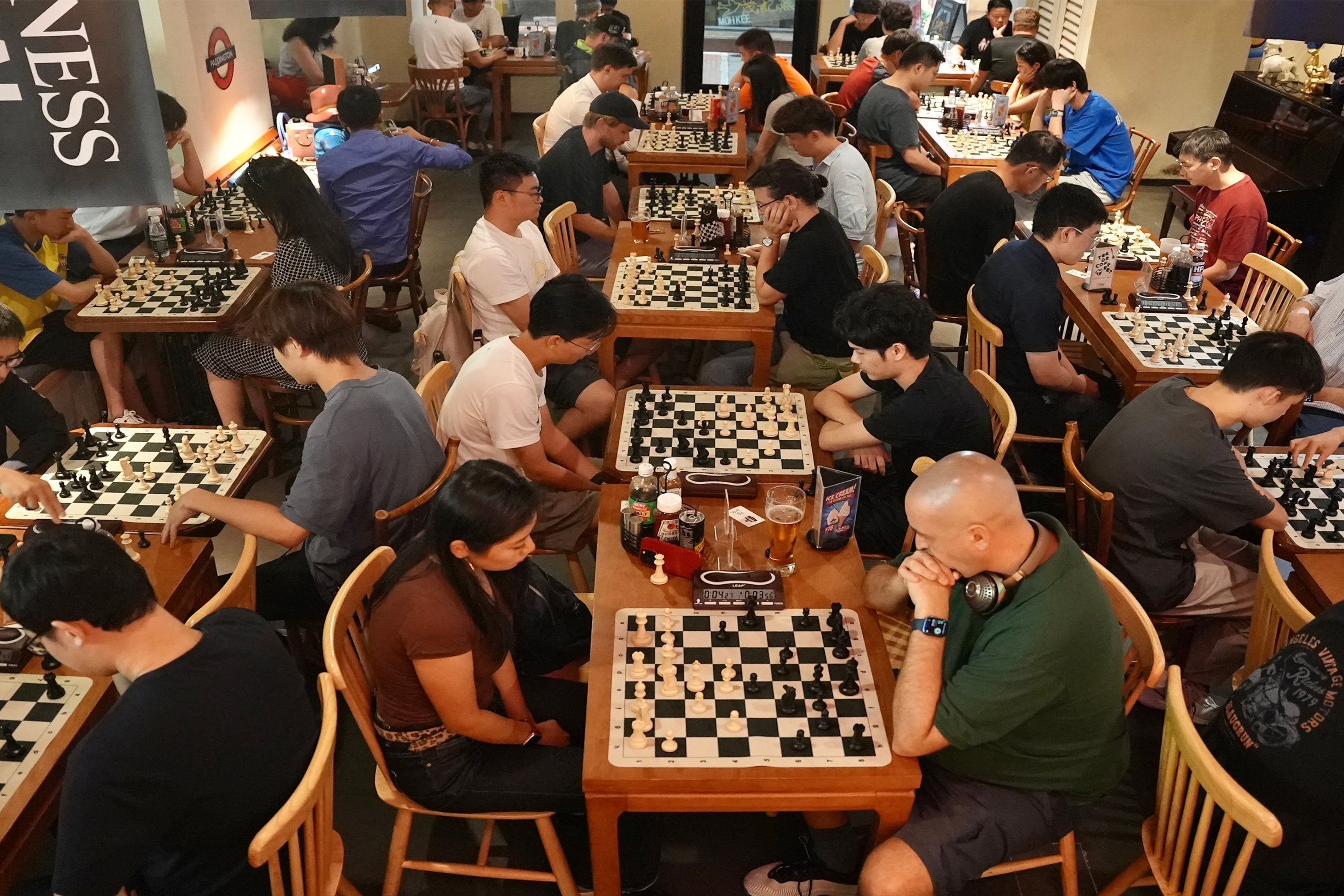

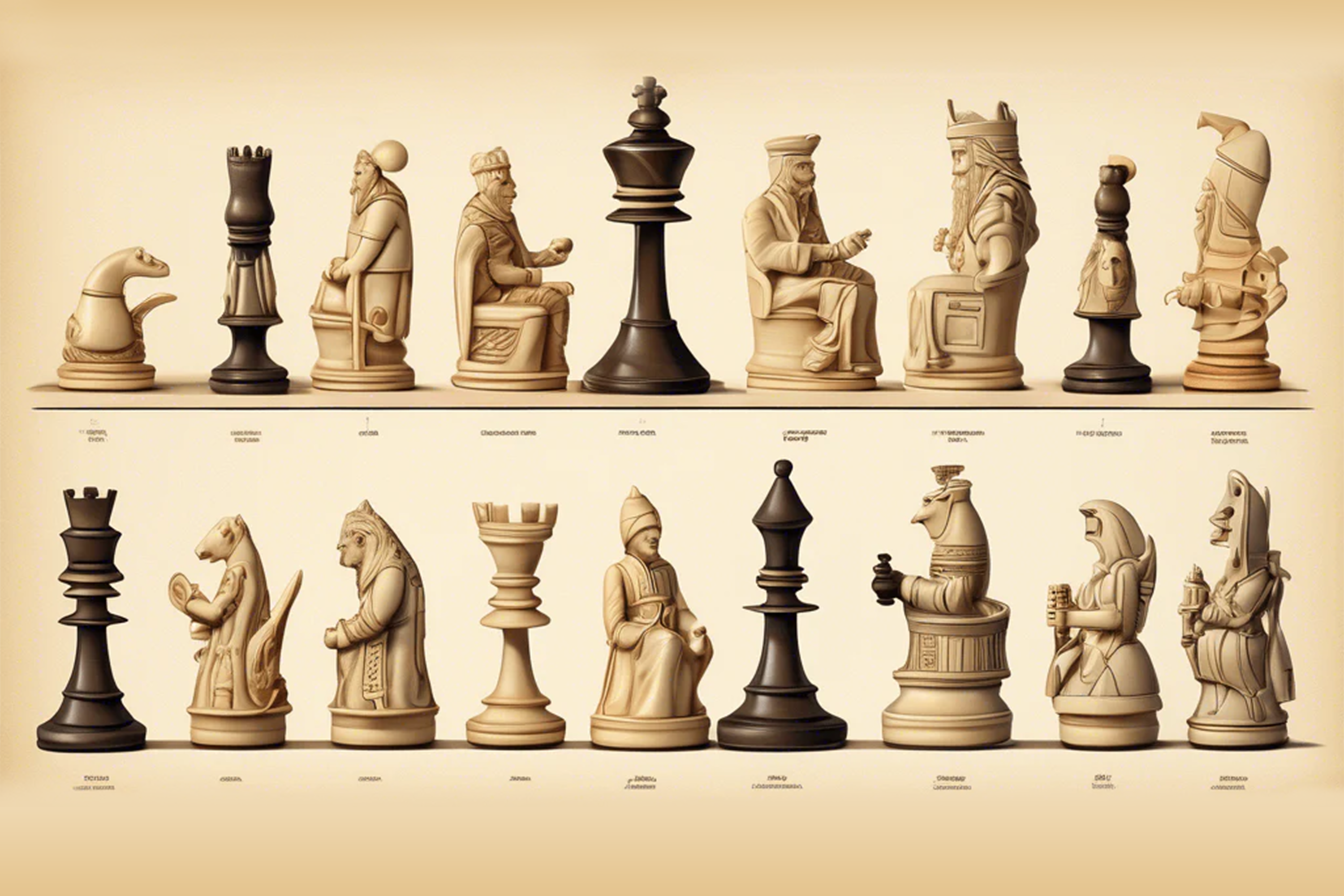
Laisser un commentaire
Ce site est protégé par hCaptcha, et la Politique de confidentialité et les Conditions de service de hCaptcha s’appliquent.